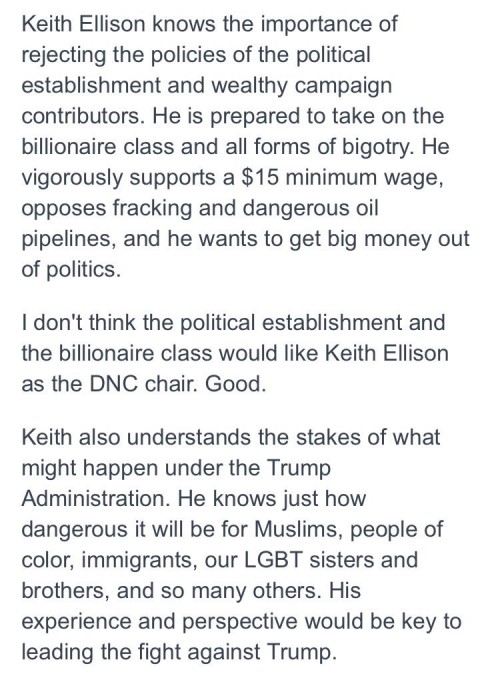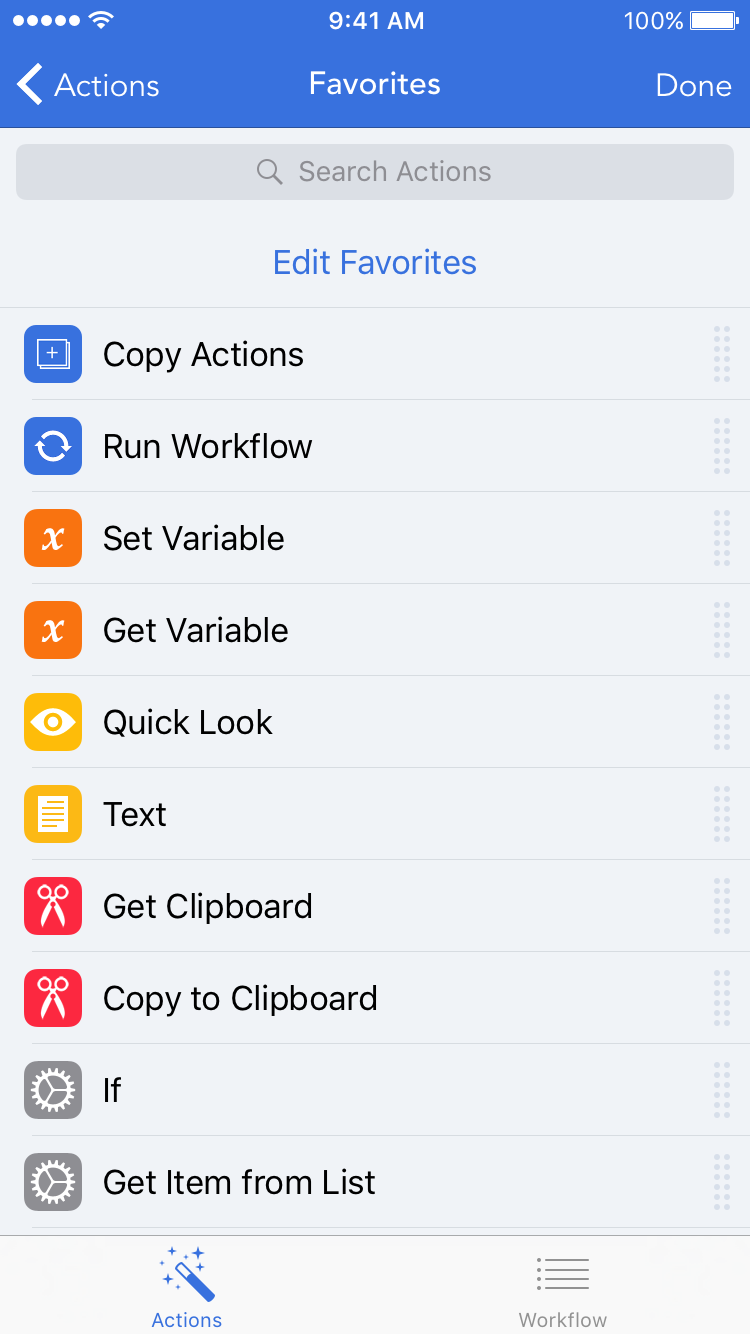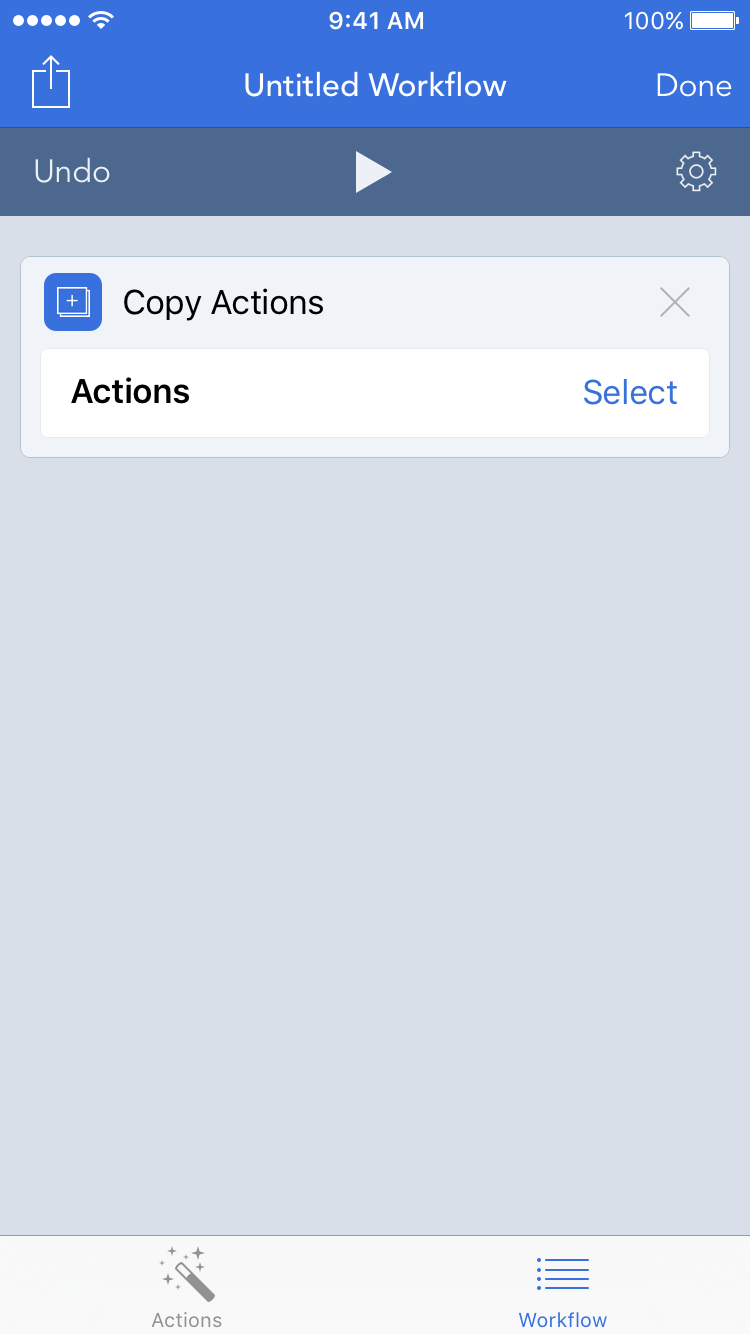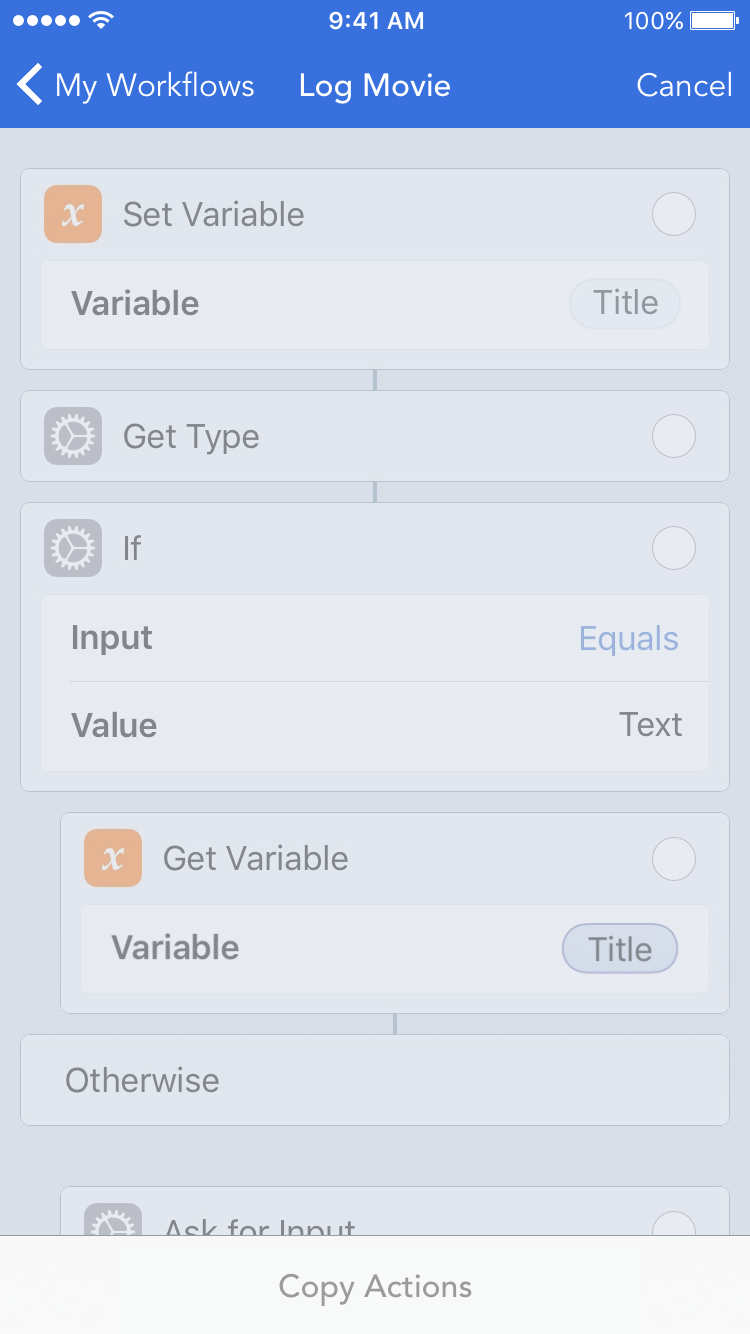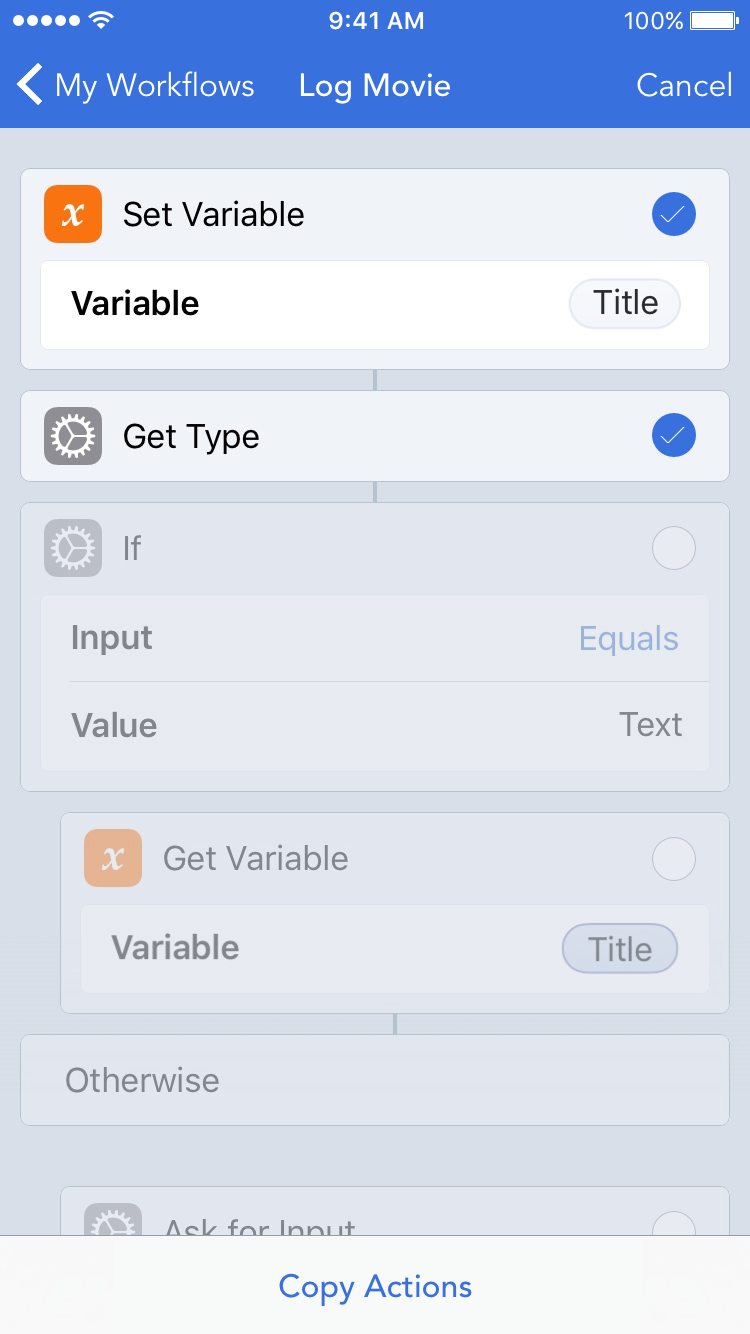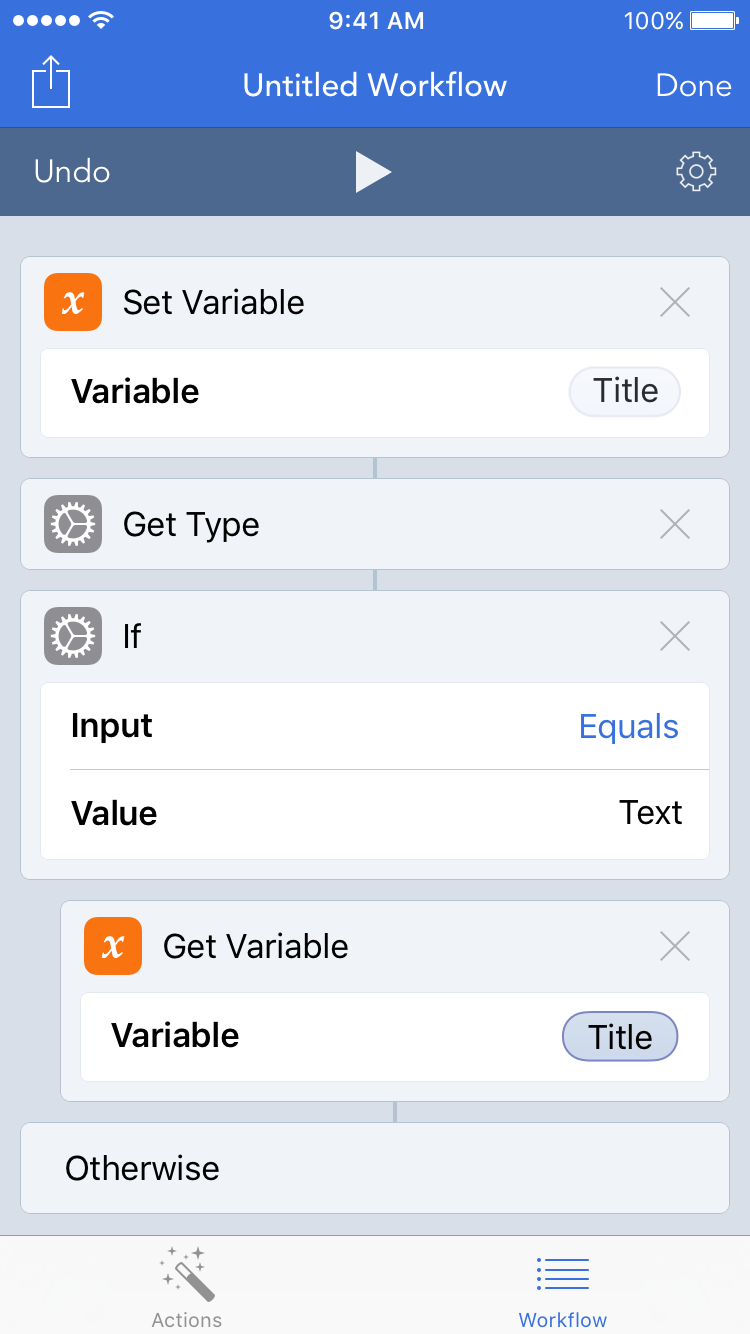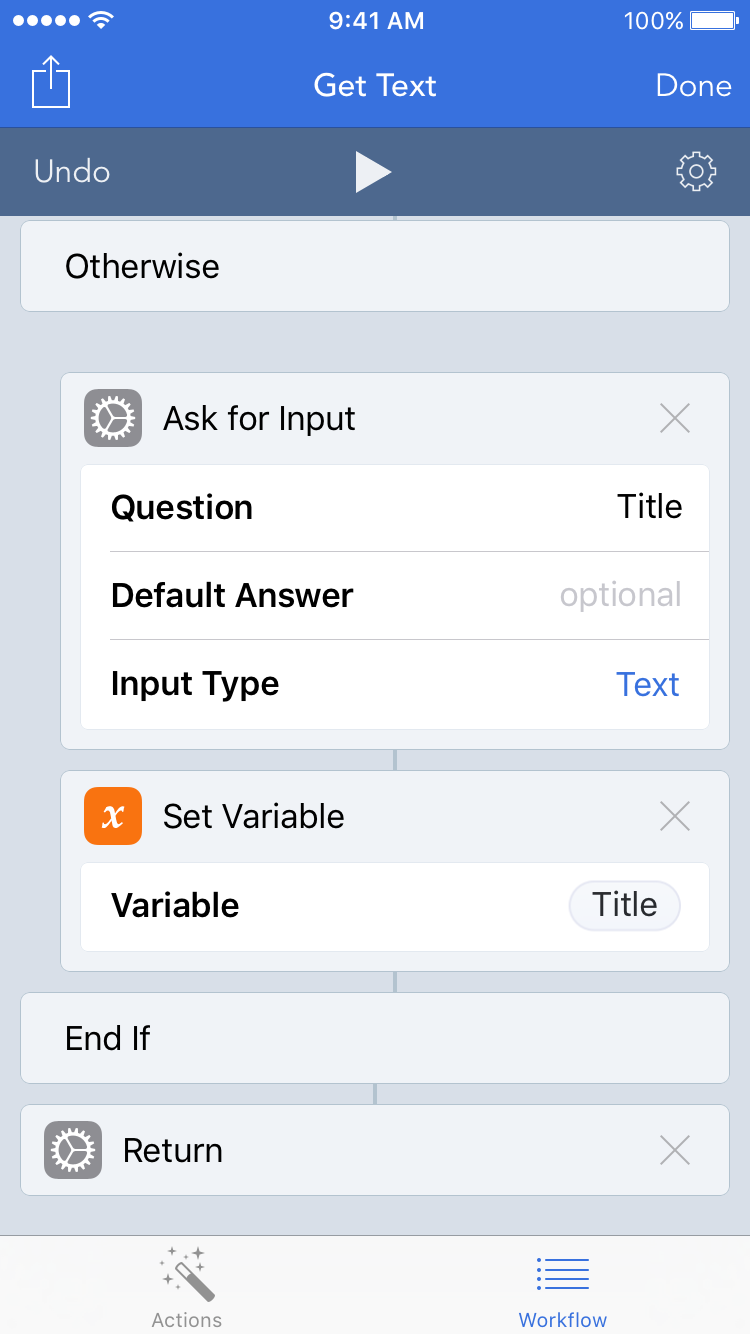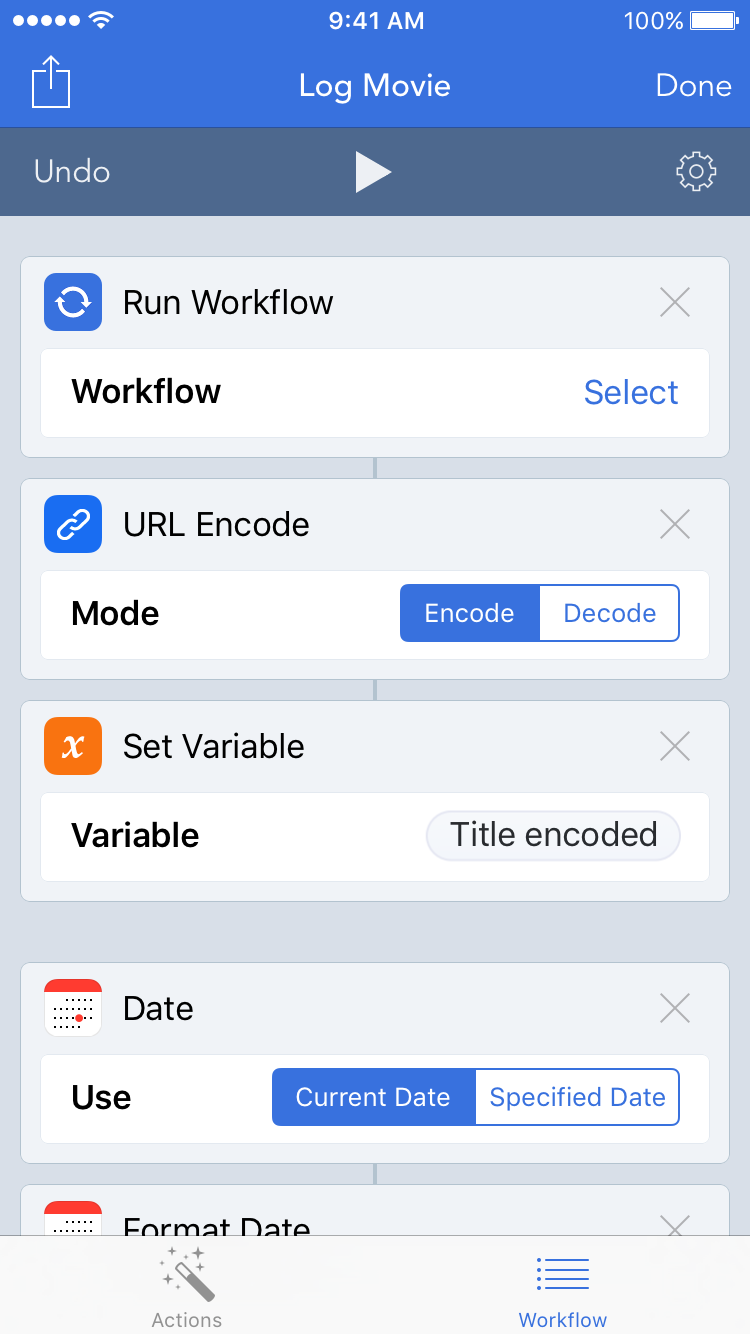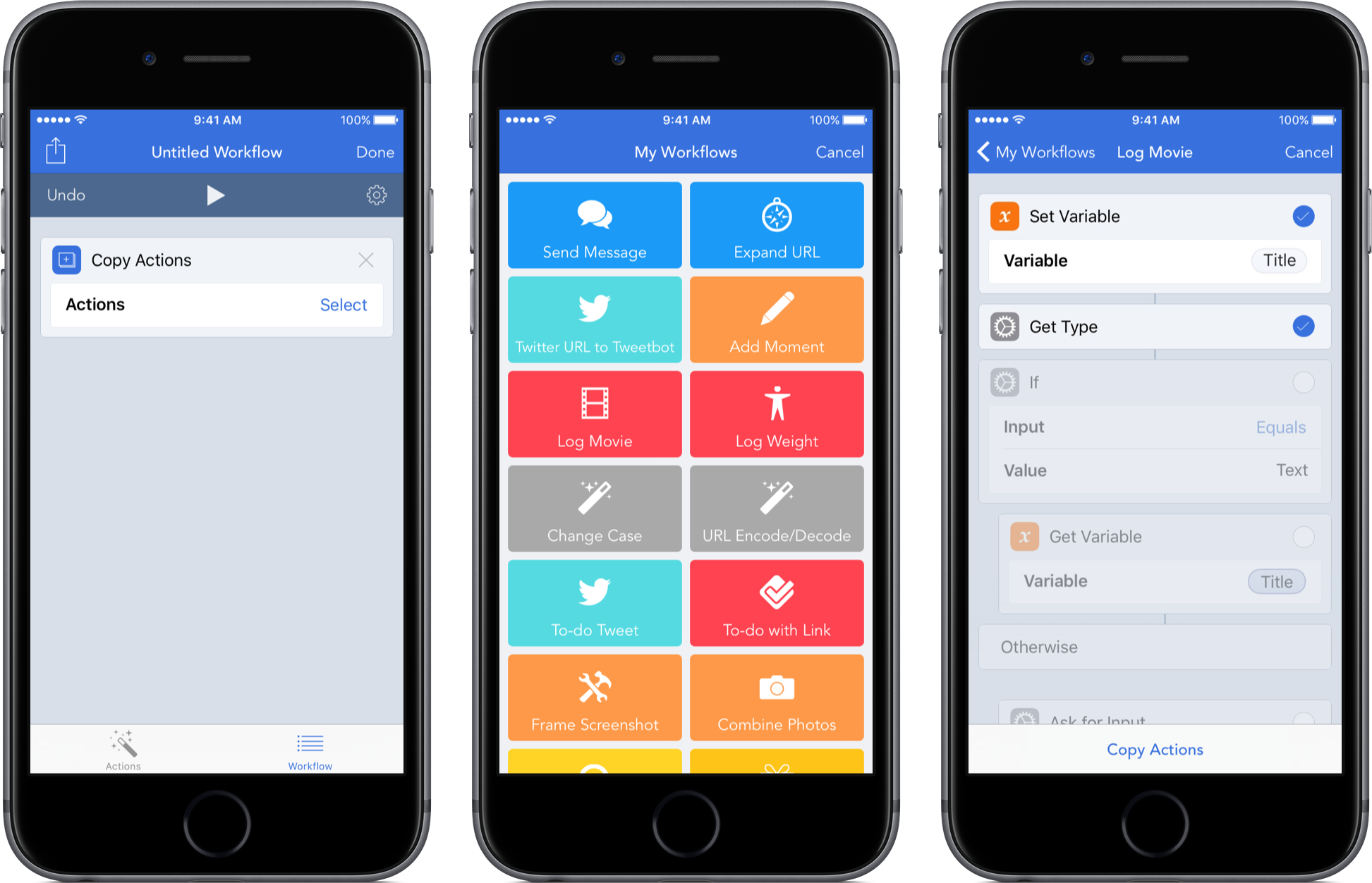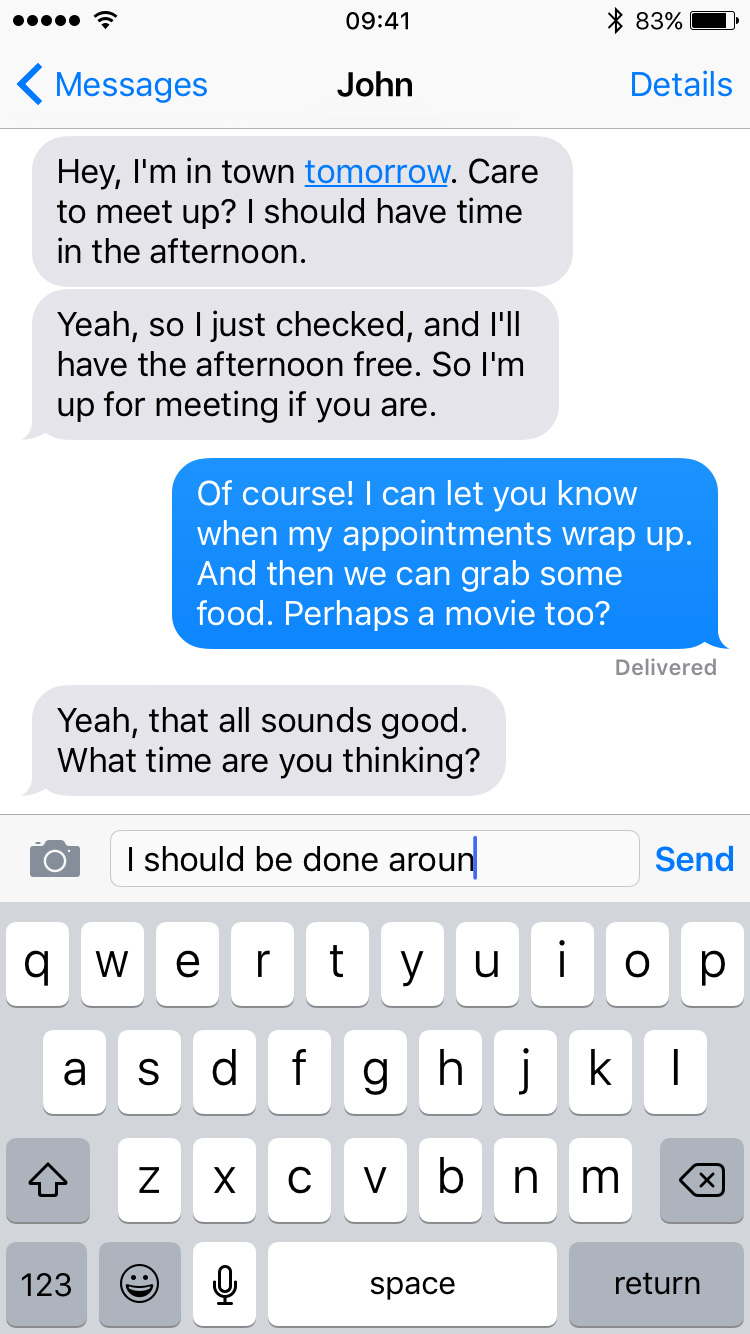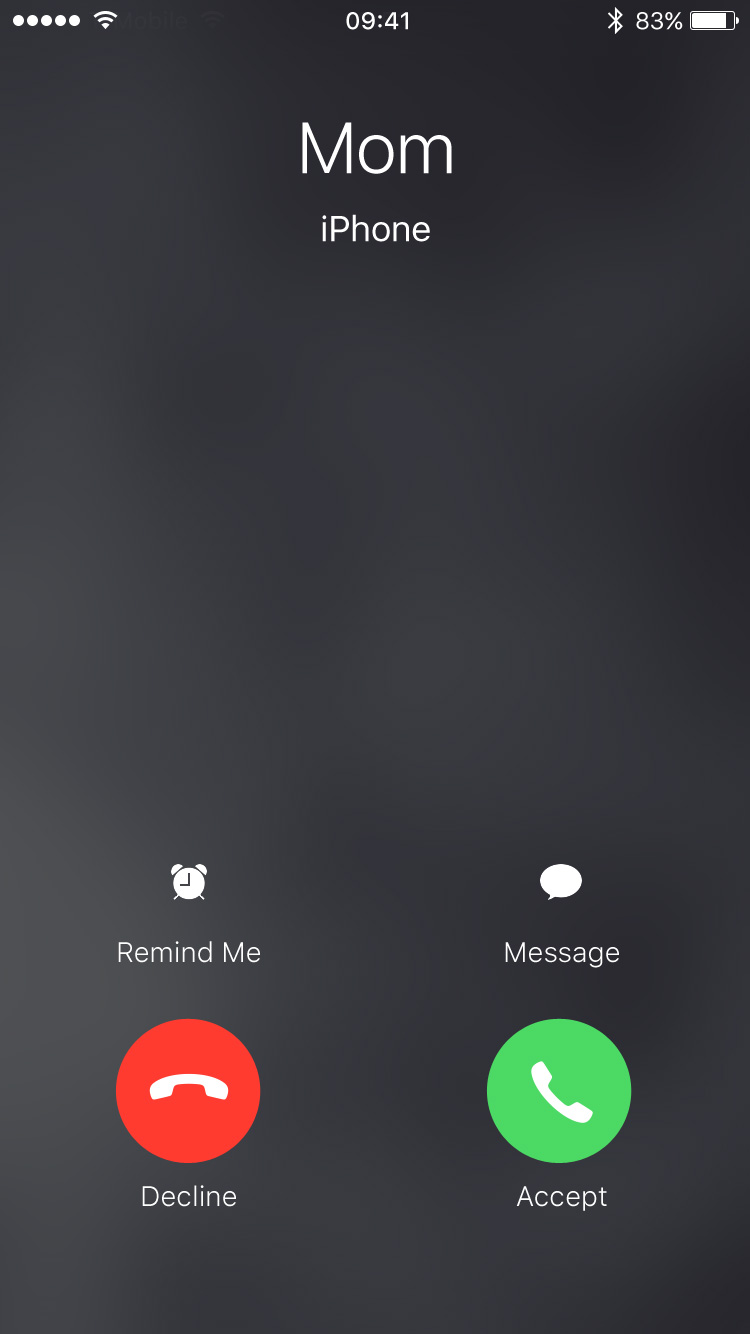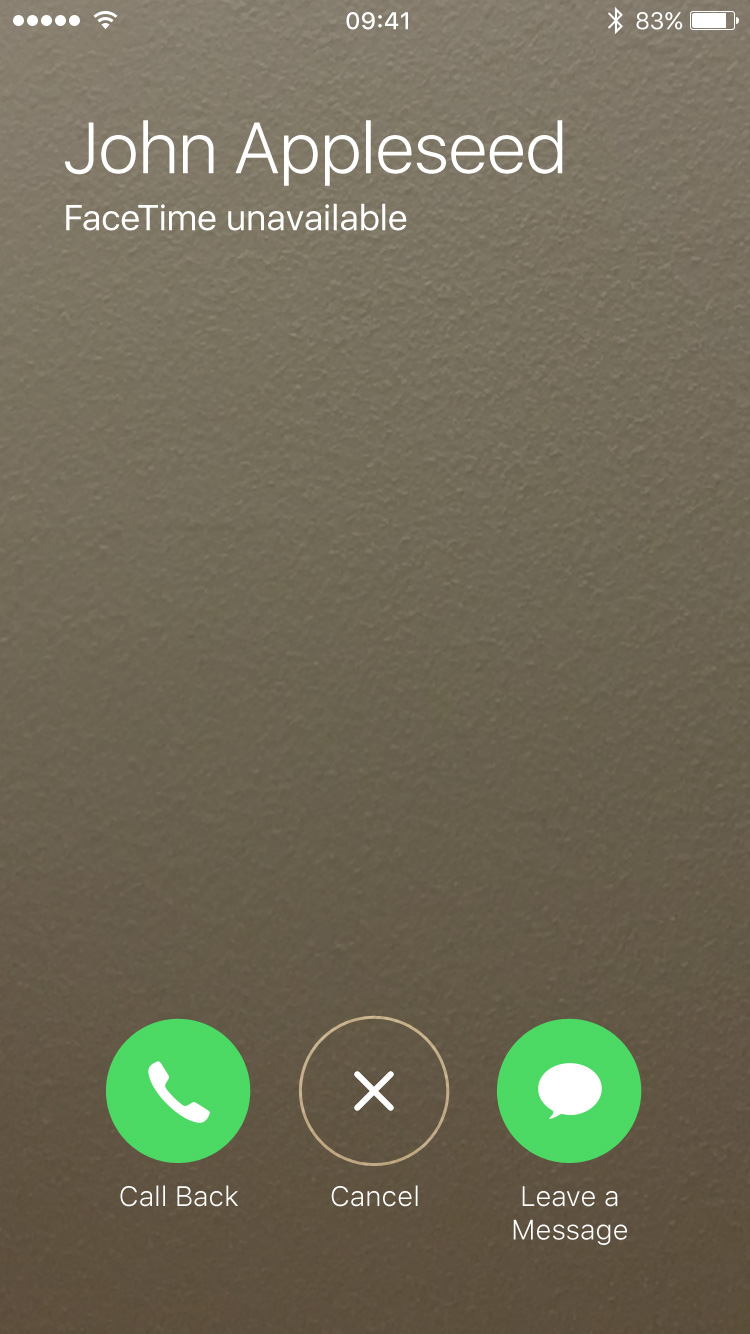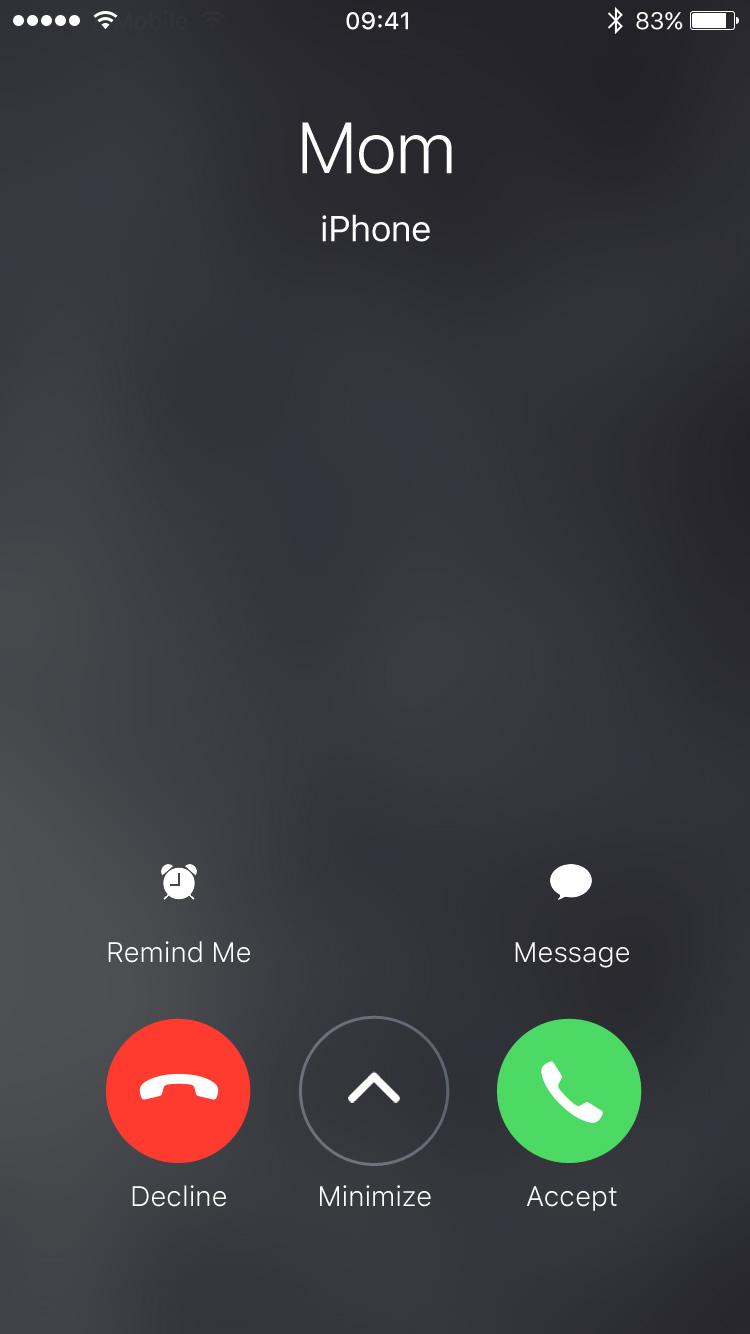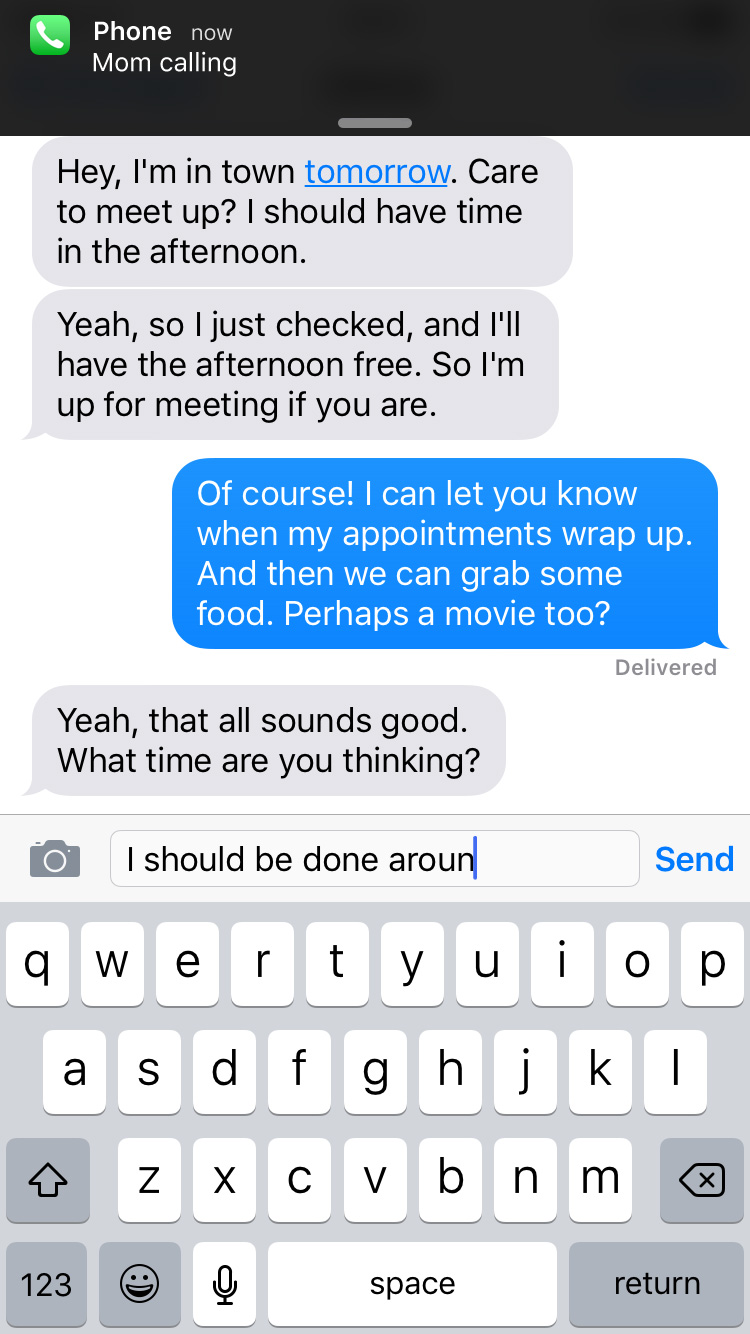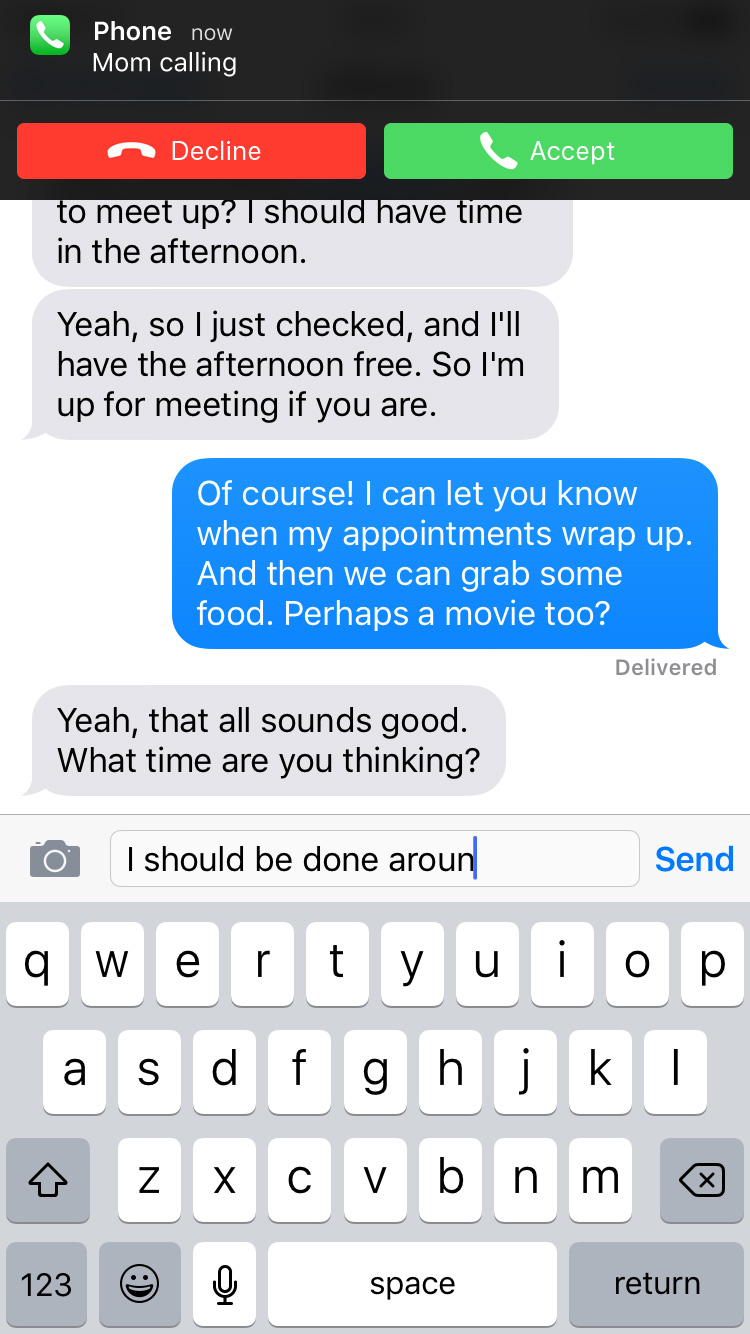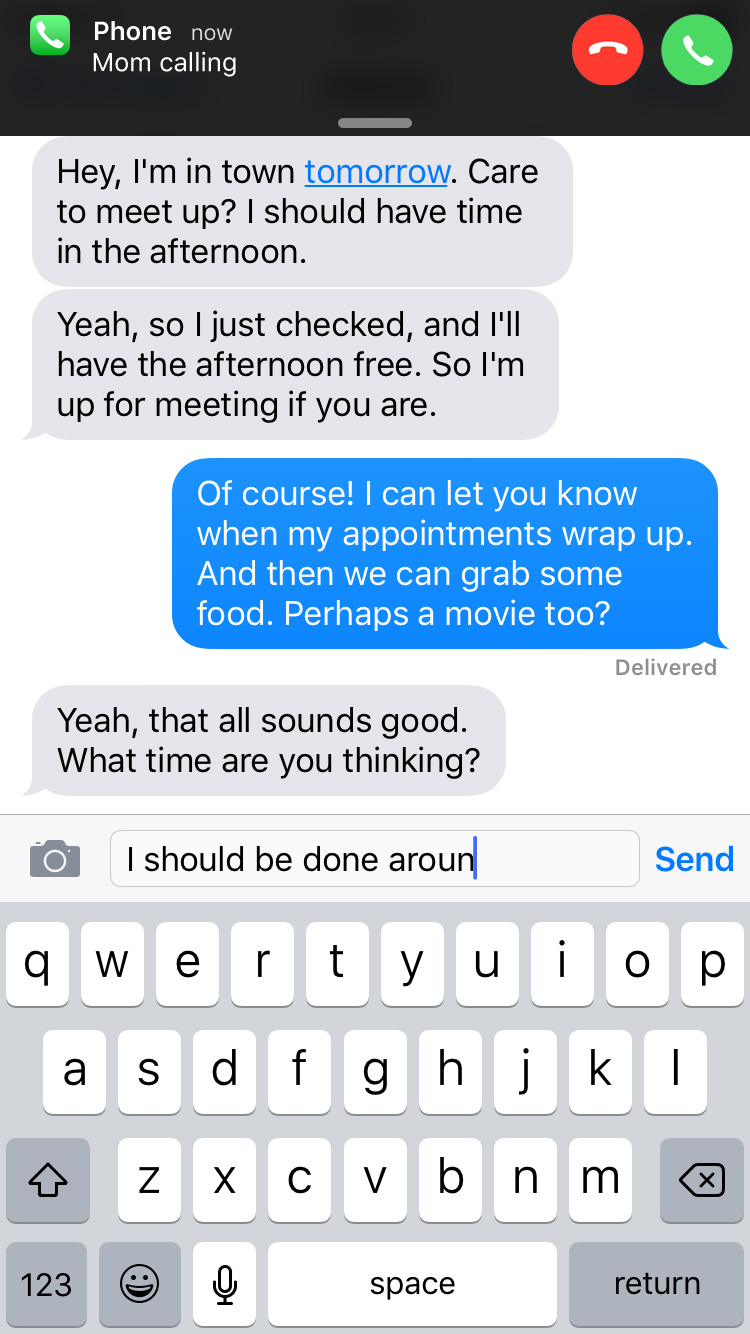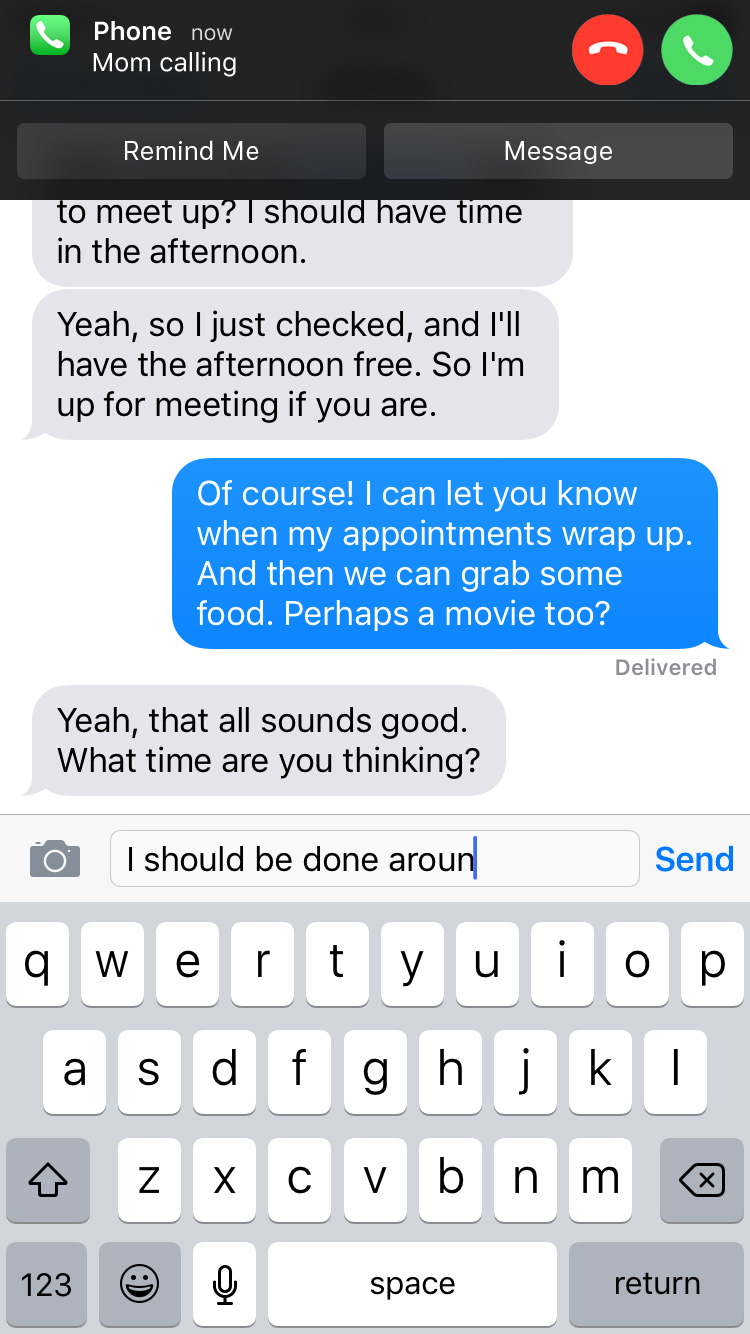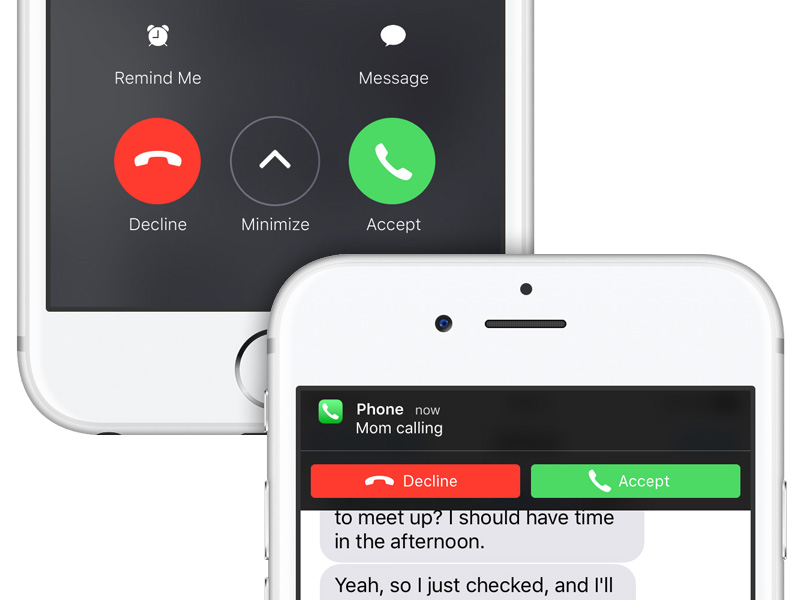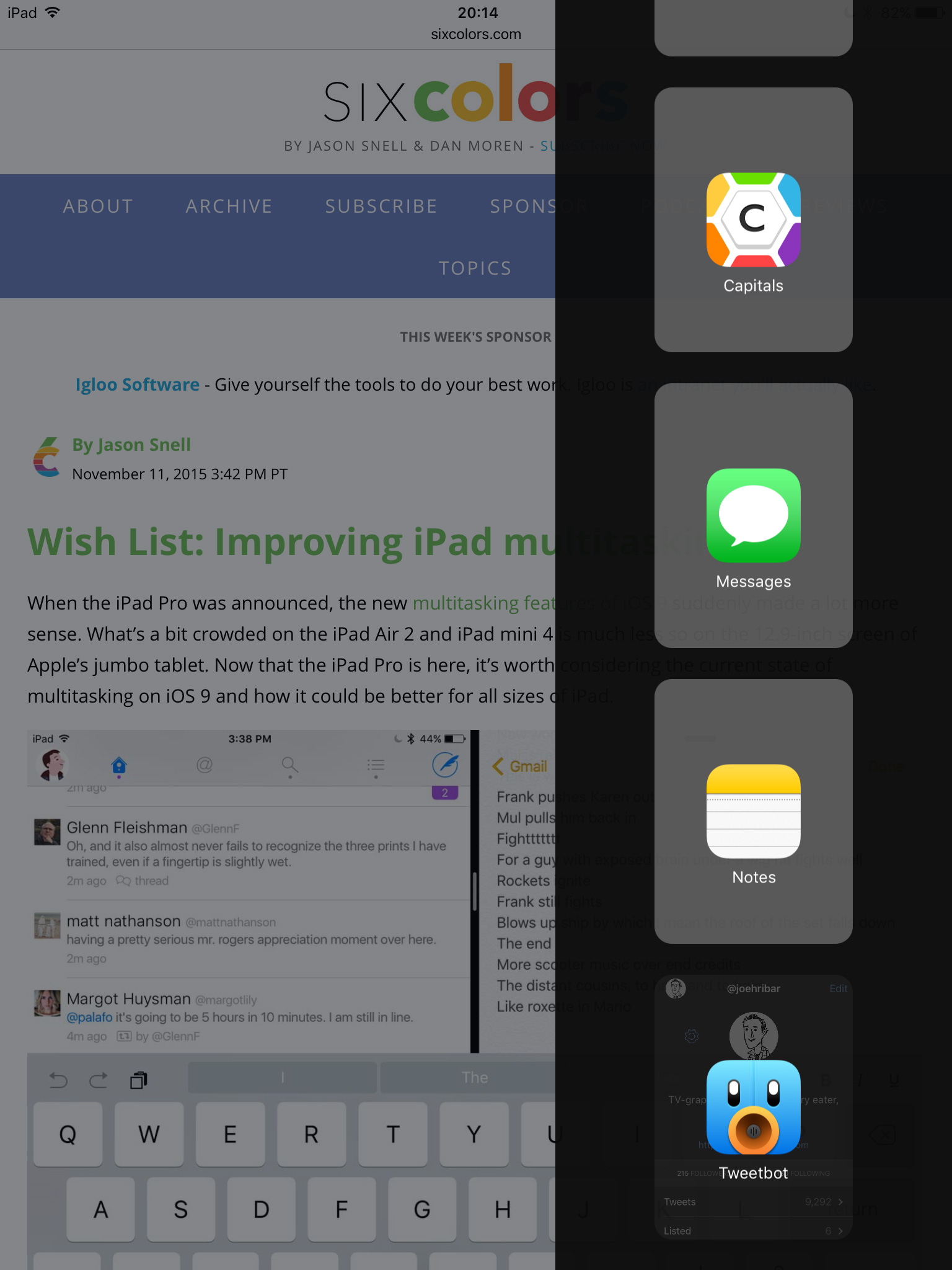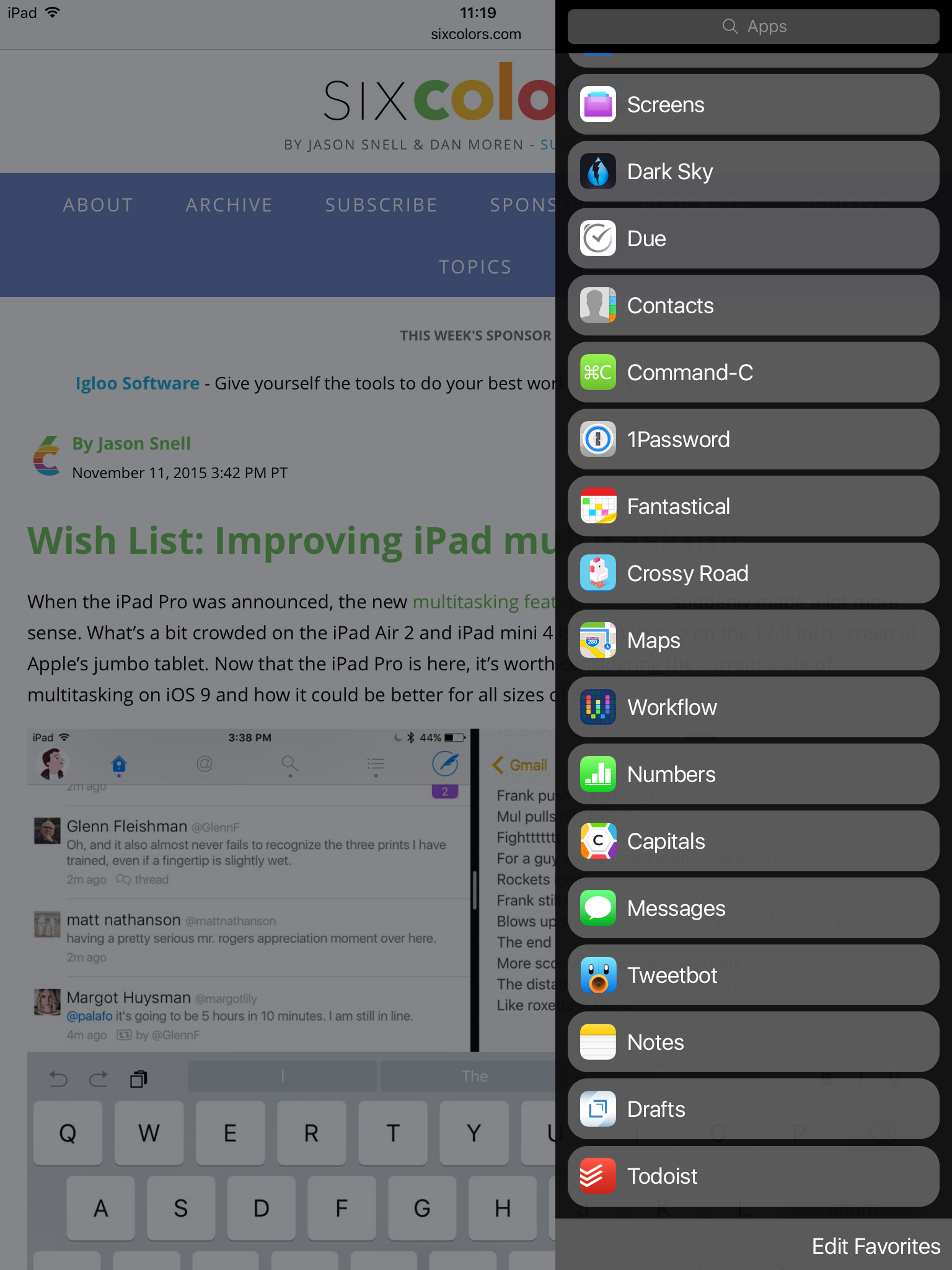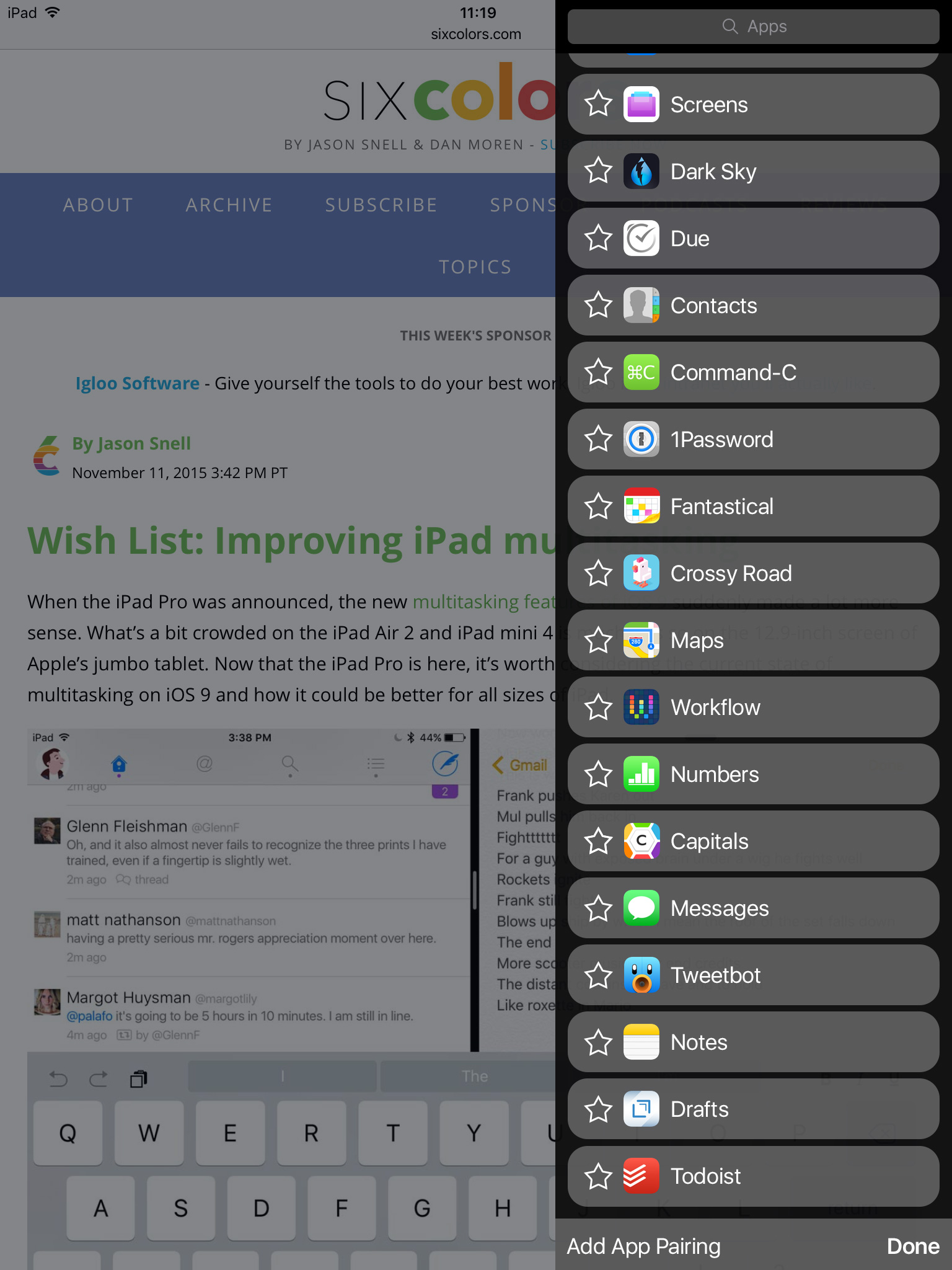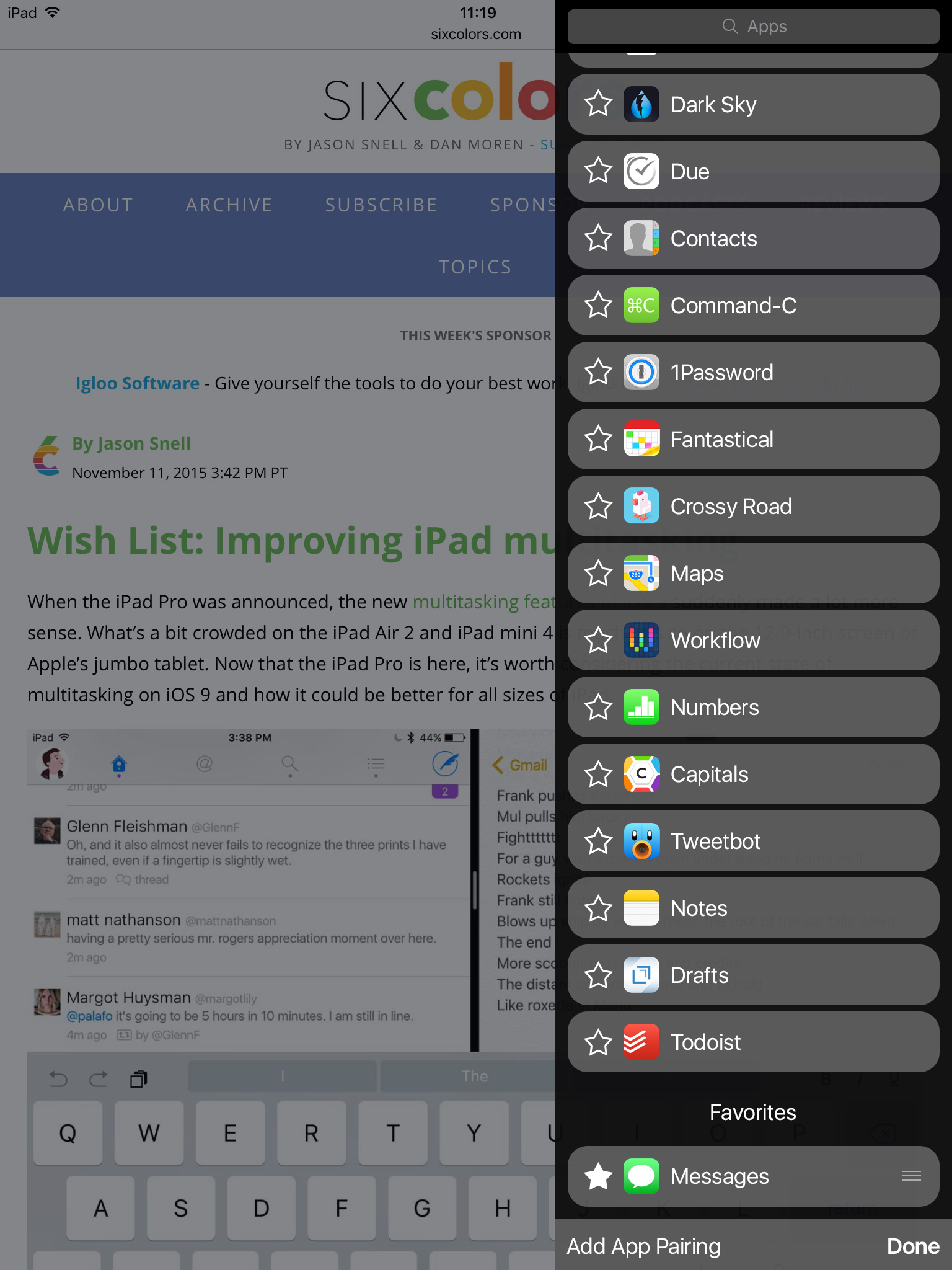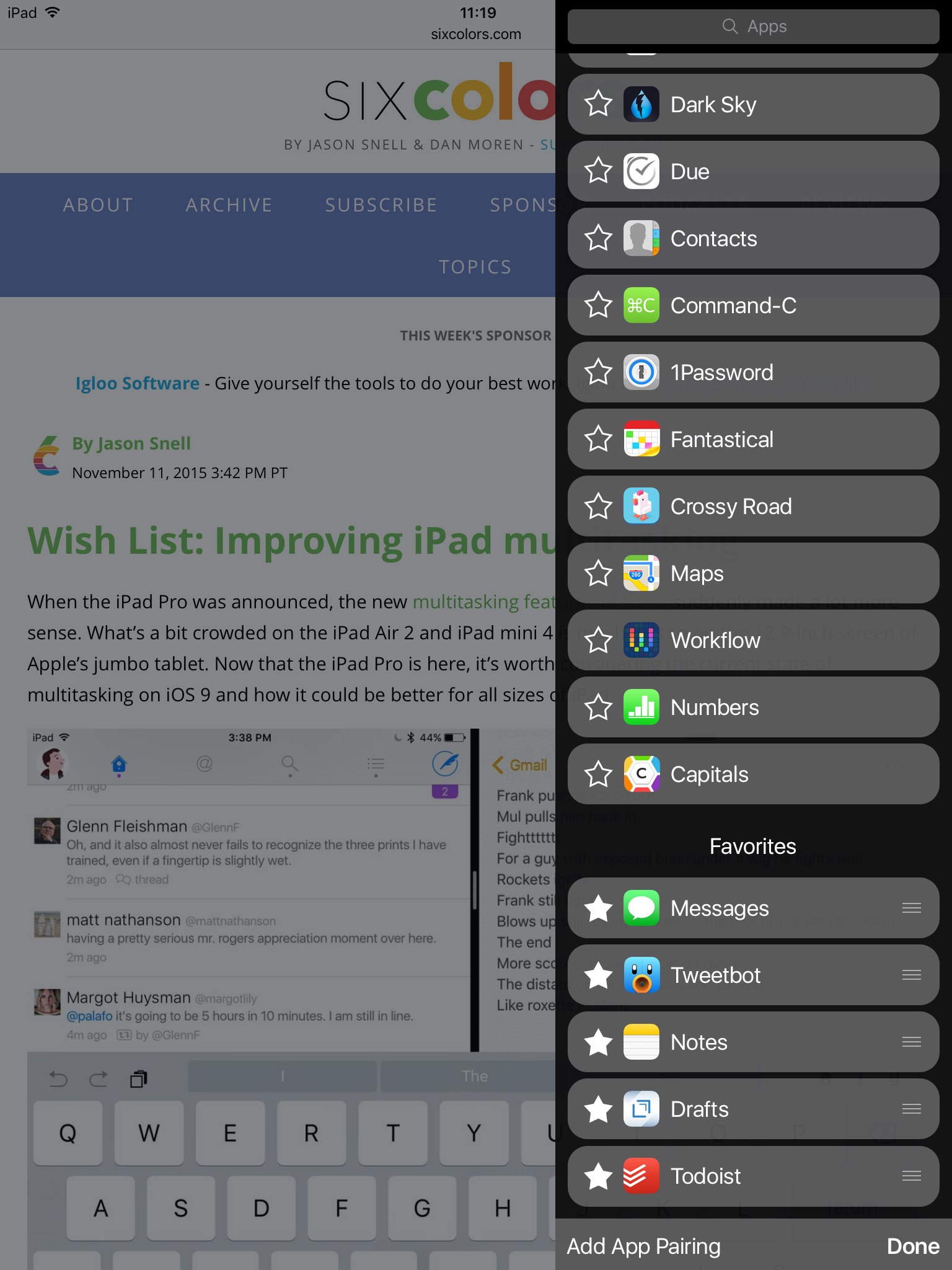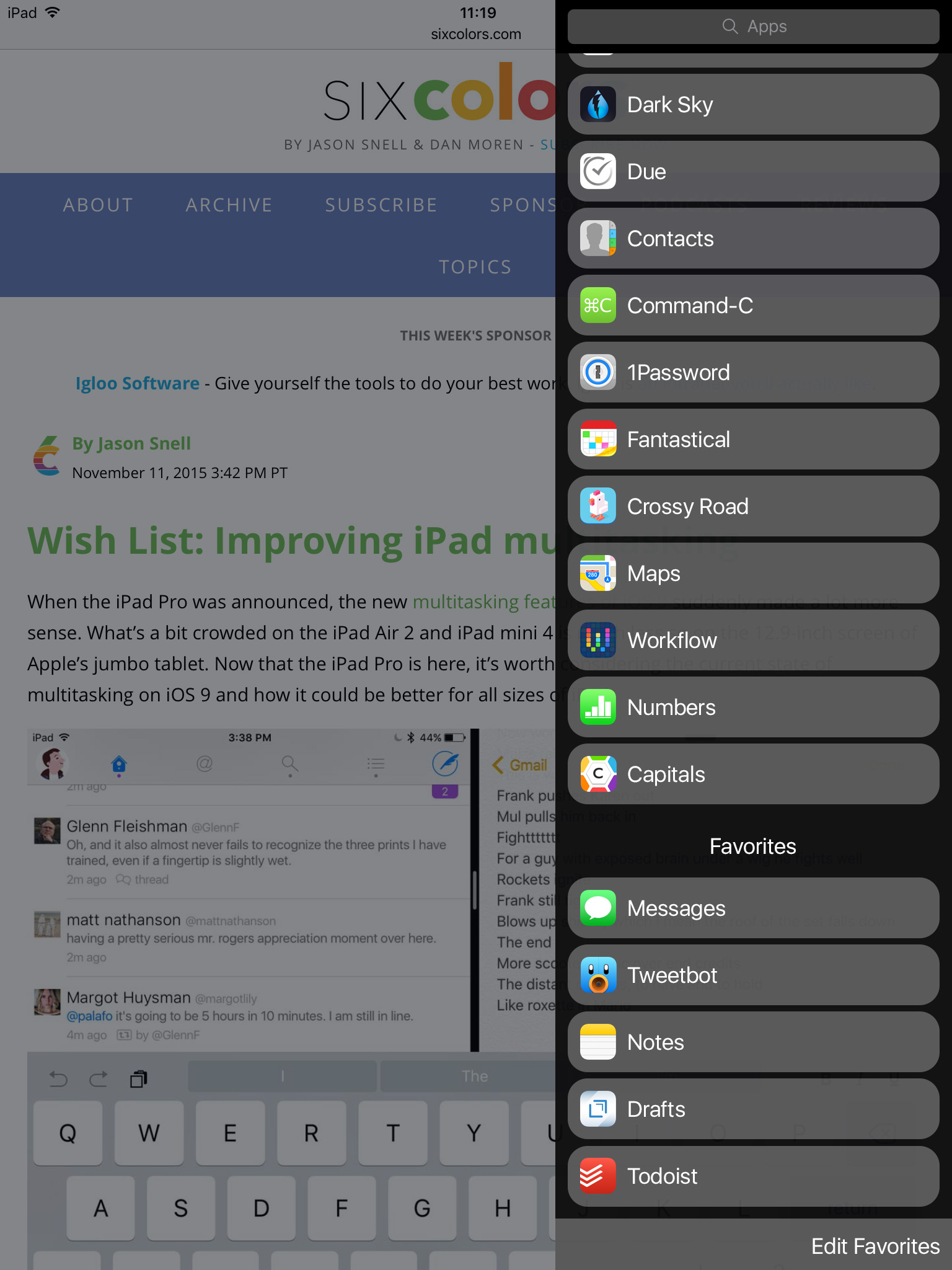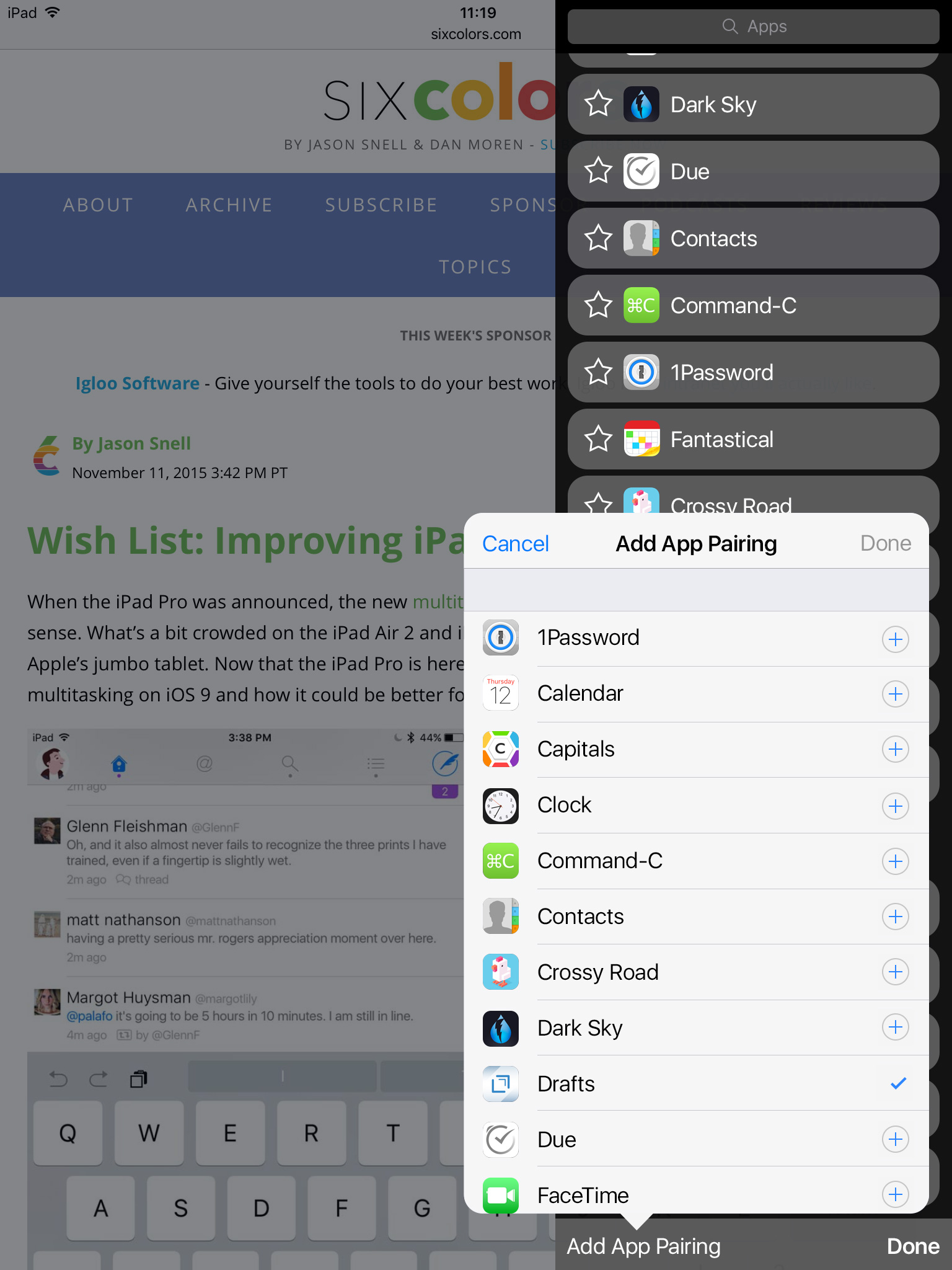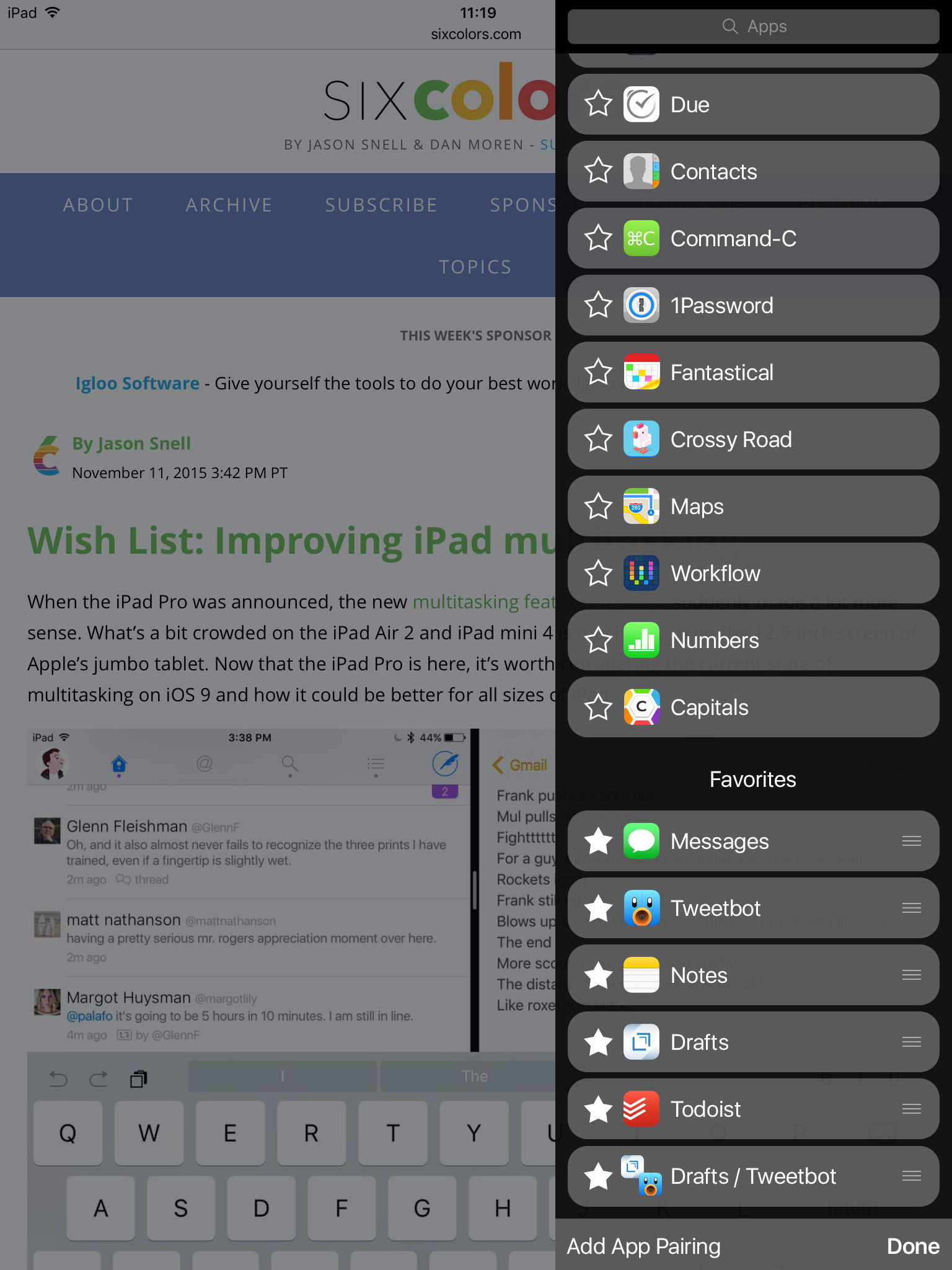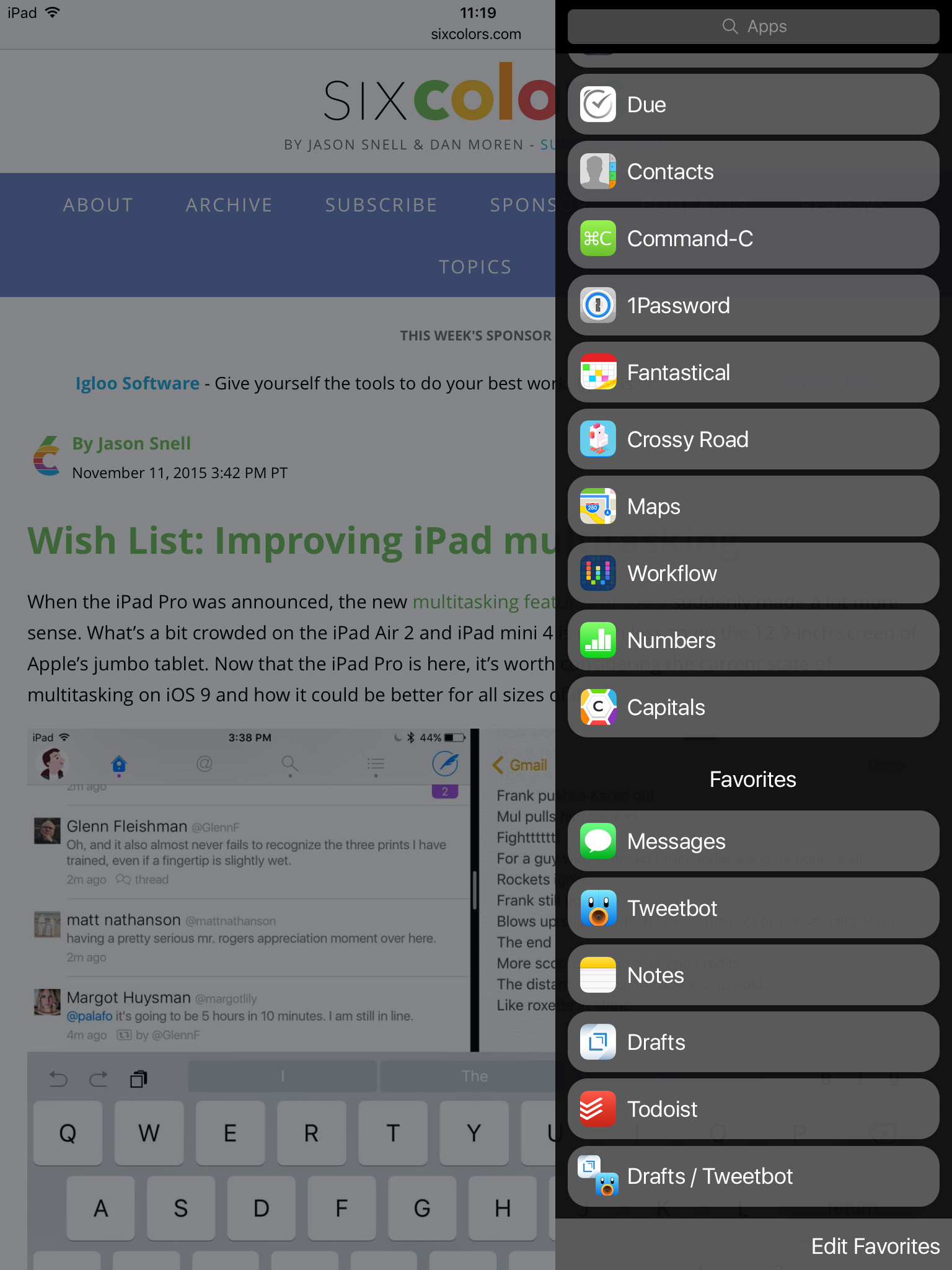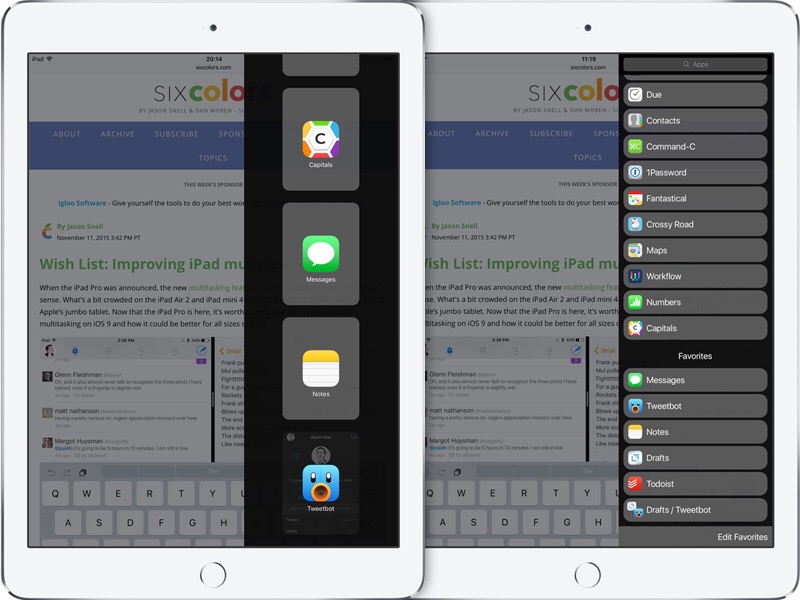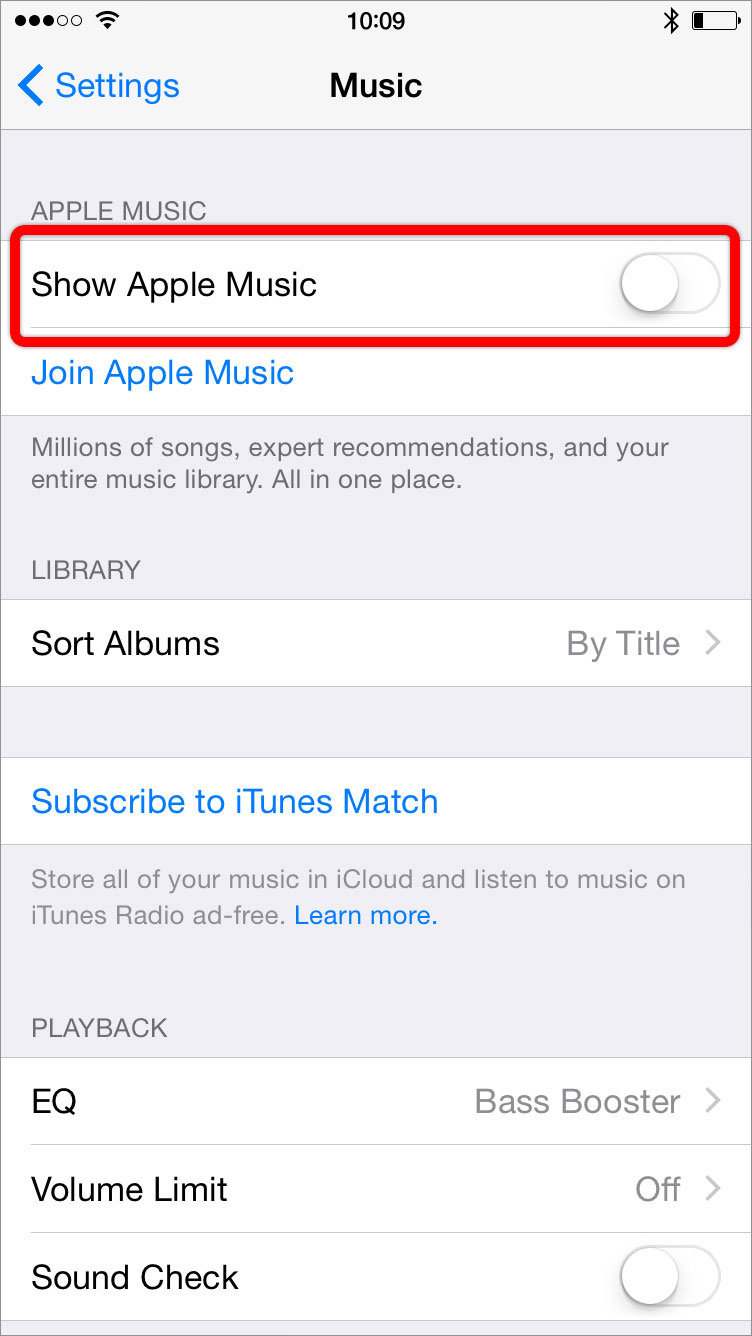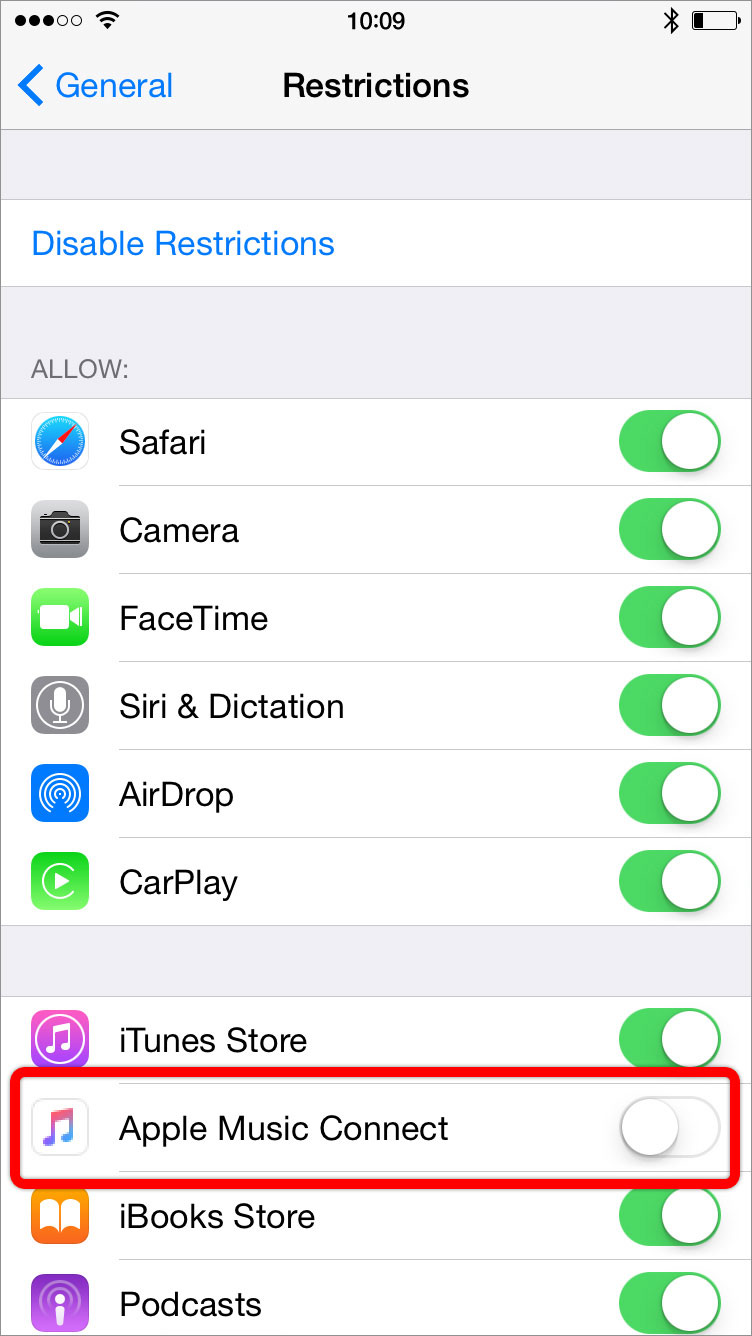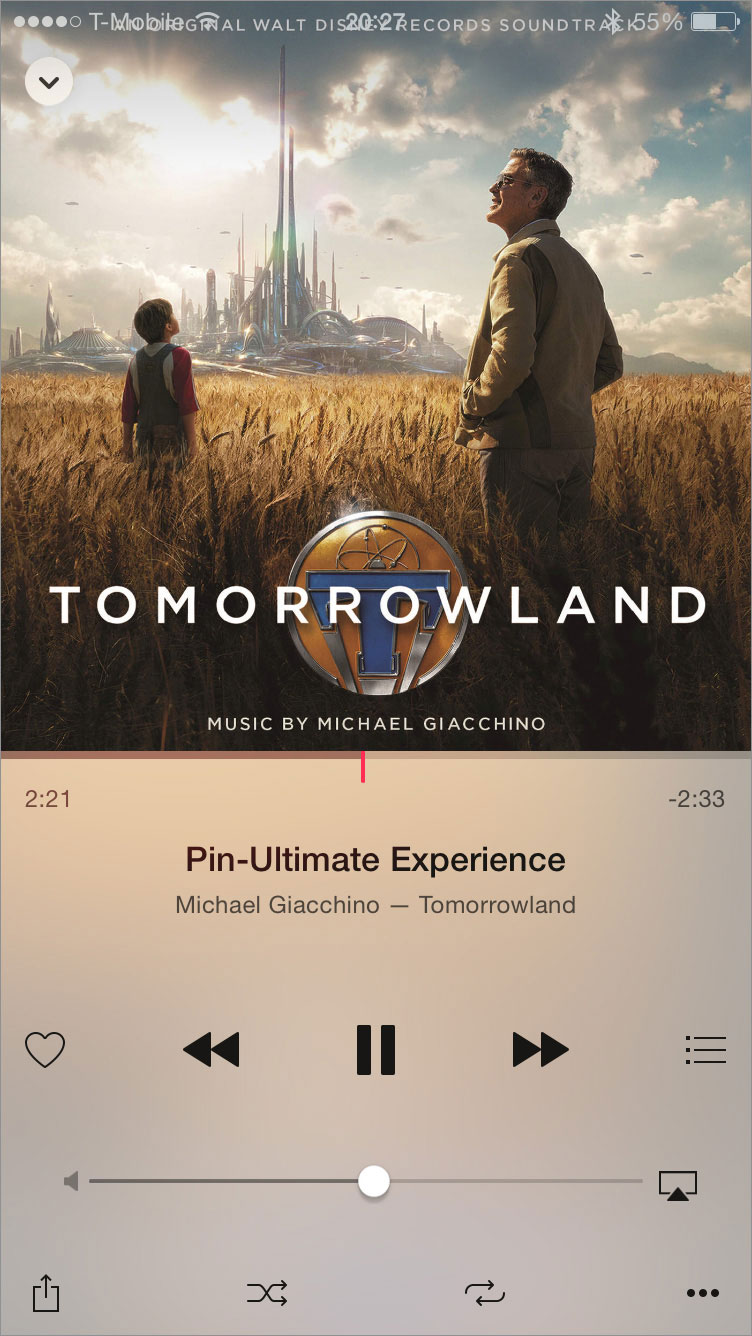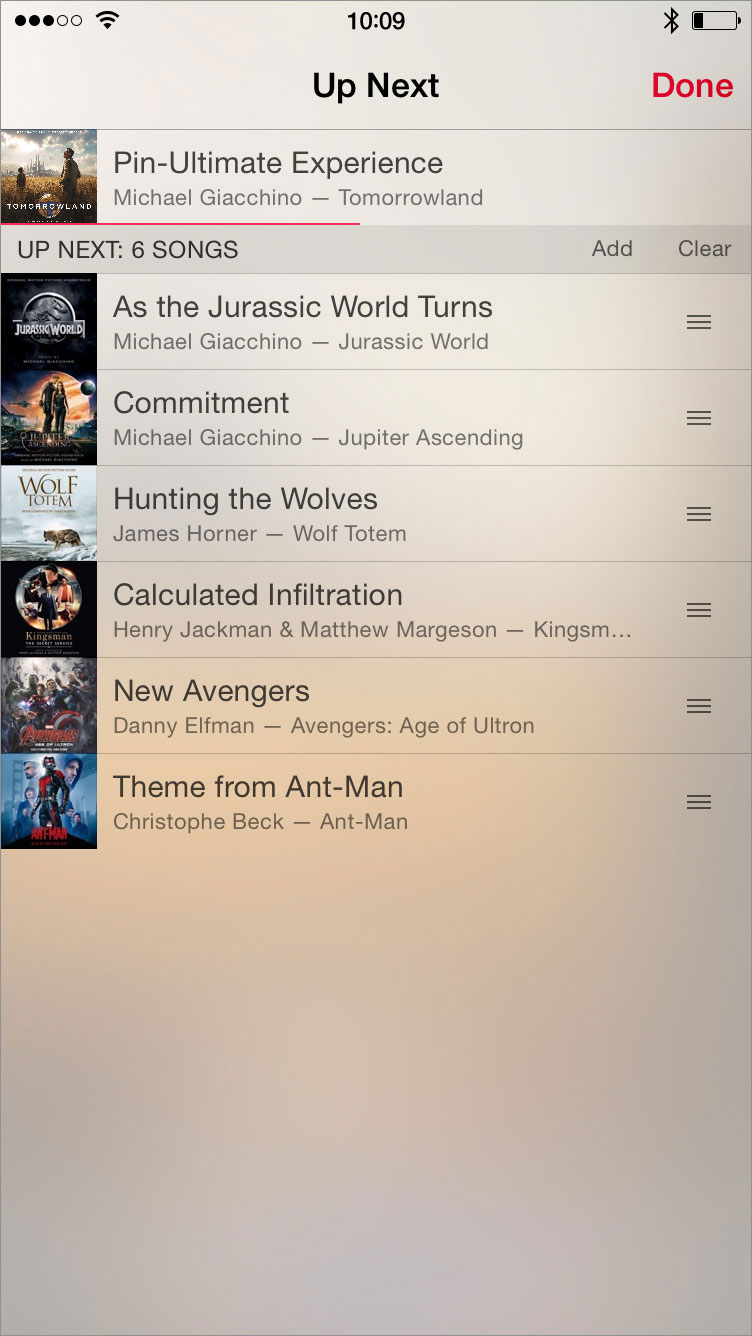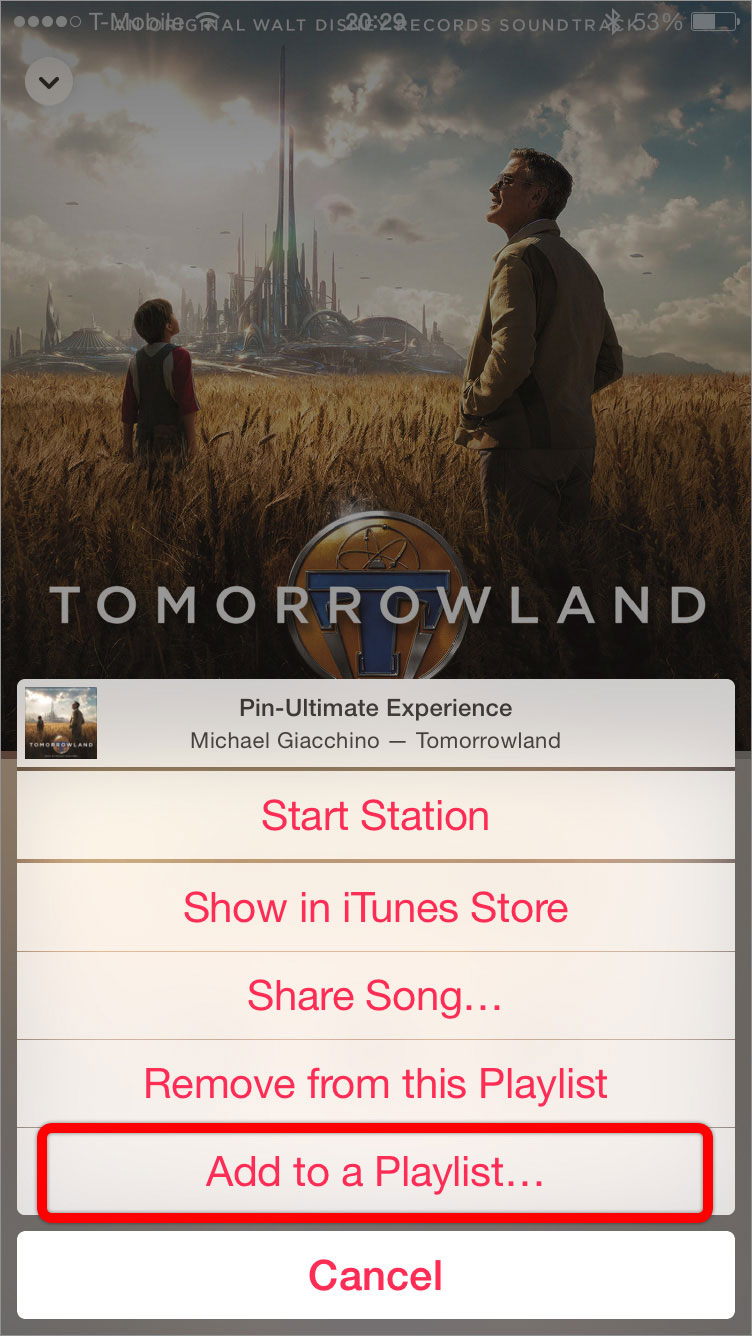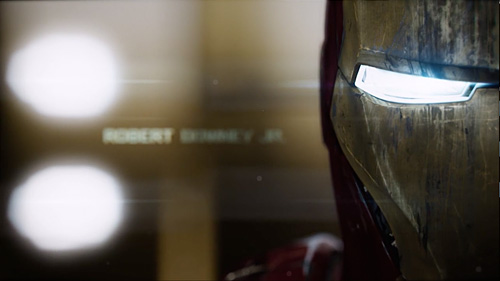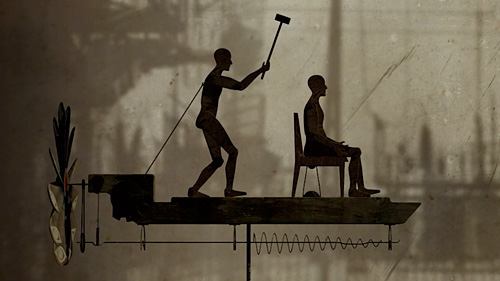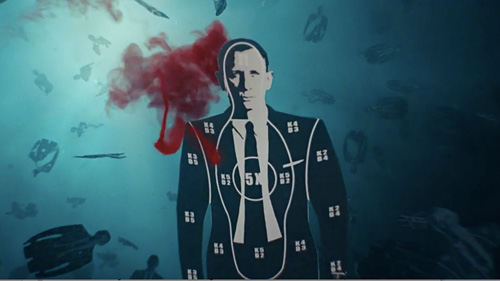With the books closed on 2015, it’s time once again to share my favorite film scores of the year. As usual, while these may not be the best film scores of the year (although I wouldn’t be surprised if a couple of these earn Best Original Score nominations this month), they’re the scores I’ve had on repeat over the last year.
Previous entries: 2013, 2012, 2011.
Let’s begin our 2015 musical journey.
11. JUPITER ASCENDING — Michael Giacchino
Before the movie was released, I tweeted, “Michael Giacchino’s Jupiter Ascending score kiiinda makes me want to see that beautiful trainwreck of a film.” Well, I did end up seeing the film for its score. And the film did end up being a beautiful trainwreck. But the score certainly wasn’t. With its rich themes, large scope, and brimming excitement, this score launched a stellar year for Michael Giacchino who continues ascending in his own right.
10. ANT-MAN — Christophe Beck
I’ve written in the past lamenting over the lack of musical cohesiveness between the Marvel films and the disappointing thematic representation of the characters. And when Christophe Beck was announced as the composer of ANT-MAN, I tweeted, “Ant-Man has a composer, and it isn’t Brian Tyler. Will the Marvel scores continue to be a mess?”
While I’m not optimistic for what the future holds musically for the Marvel Cinematic Universe—especially since Brian Tyler, my pick as house composer, was sort-of-but-not-really replaced on AVENGERS: AGE OF ULTRON and Henry Jackman will most likely be back to rehash his abysmal CAPTAIN AMERICA: WINTER SOLDIER score for the next film—Christophe Beck did not disappoint with his score for ANT-MAN. Beck wrote a jazzy, snazzy caper score that was fitting for both the character and Alan Silvestri’s and Brian Tyler’s established musical world. Many of Beck’s scores tend to err on the generic side, but he wrote an inspired and enjoyable score for ANT-MAN.
9. WOLF TOTEM — James Horner
It’s difficult to reconcile 2015 will be the last year of new James Horner music (unless the story of him secretly composing music for Antoine Fuqua’s upcoming MAGNIFICENT SEVEN yields a surprise score later this year). Thankfully, 2015 included a score as good as this one from James Horner. With its beautiful and sometimes haunting melodies, lush orchestrations, and sweeping scope, this is James Horner at his best. It’s disappointing there won’t be more of this.
8. THE MARTIAN — Harry Gregson-Williams
Going into this movie and score, I wasn’t expecting much from the music given the rather derivative and uninspired scores for Ridley Scott’s recent films. After composing additional music for Scott’s last few movies, Harry Gregson-Williams was given the opportunity to compose the full score. And, unlike some of his previous ventures, fully compose he did. His score is contemplative, industrious, and, well, sciencey. He seems to have scienced the shit out of this score.
7. STEVE JOBS — Daniel Pemberton
A recurring theme in my list this year is enjoying scores by composers who have disappointed me in the past or by composers who are new to me. Daniel Pemberton falls into the latter category. Prior to this score and his MAN FROM U.N.C.L.E. score, I had not heard of him. But he’s now on my radar thanks to this eclectic score that delightfully took me by surprise. Given the varied styles running throughout the score, choosing one track to include here was difficult. The score has some electronic parts, some operatic parts, and some dramatic parts. And all of those parts form a rather pleasing whole.
6. MISSION: IMPOSSIBLE — ROGUE NATION — Joe Kraemer
As the JAMES BOND films have become more like the JASON BOURNE films, the MISSION: IMPOSSIBLE films have become more like the JAMES BOND films of yore: espionage, gadgets, and a grand, stylish orchestral score.
This film’s score is by Joe Kraemer who, like Daniel Pemberton, I was previously unfamiliar with but now eager to hear more from.
In addition to the bold, flavorful orchestrations, what makes this score great is that it honors its past with generous use of Lalo Schifrin’s original themes (the trill Kraemer inserts into the main theme in the first and last cues is rather tantalizing). The use of existing themes in a major franchise is refreshing as too often new-to-the-franchise composers don’t use other composers’ existing, established work for a franchise. For example, the post-John-Williams HARRY POTTER scores often seemed to forget the themes he composed. Sure, the later films were much darker, but a talented composer could take Williams’s themes and twist them into brooding, minor-key renditions. In the case of MAN OF STEEL, Hans Zimmer could have easily paid homage to John Williams’s work, but he didn’t. And in the case of Iron Man, he’s had three different themes from three different composers in three different films. So for Joe Kraemer to use Lalo Schifrin’s original themes not just bookending the film but all throughout is a welcomed change.
5. PAN — John Powell
PAN was going to fly right by me, but then I learned who was scoring the film: the semi-retired John Powell—one of my favorite film composers. Given his absence of late, it’s great to have a new John Powell score. It’s even better to have a new John Powell adventure score.
Strong thematic material, rich orchestrations, and sheer fun. These are all hoped-for things in a John Powell score. And he didn’t disappoint.
4. INSIDE OUT — Michael Giacchino
This score cruises through various emotions. Joy and sadness, of course, make appearances. As do excitement, hope, love, anxiety, and wonder. But even as Michael Giacchino writes for specific emotions, the score never feels disingenuous. As it runs through its ups and downs, the score feels authentic. And it doesn’t fail to put a smile on my face.
3. CREED — Ludwig Goransson
This score was a definite surprise for me. Prior to listening to it, I had not heard of Ludwig Goransson. But after this score, I’m interested in hearing more from him (the third instance of this on my list). The score is powerful, exciting, and a worthy successor to Bill Conti’s ROCKY scores. Though the score makes solid use of Conti’s original themes, the new themes Goransson composed are the stars and easily stand alongside the originals. They’re memorable, stirring, and noticeably come from the same family as Conti’s themes (especially noticeable when they’re used as counterpoint with Conti’s themes and vice versa). Overall, the music has a crisp and fierce sound. And it doesn’t fail to make me want to go out and find a punching bag.
2. STAR WARS: THE FORCE AWAKENS — John Williams
Without a doubt, this was my most anticipated score of the year. I was expecting a healthy dose of the Force theme—my favorite of the series—and I wasn’t disappointed. While I might have also hoped for a return to the greatness of his THE EMPIRE STRIKES BACK score, John Williams’s writing is in a different place these days, and this score has more in common with the prequel scores than the original scores.
But that doesn’t detract from the dazzling work on display here; John Williams composed an outstanding addition to the franchise. Rey’s theme, developed as the score progresses, appears in several different treatments and is gorgeous. That theme and the Resistance March won’t leave my head.
1. TOMORROWLAND — Michael Giacchino
As if Frank Walker’s jetpack were strapped to it, this score rocketed to the top of my list early and remained there all year. There was only one other score that could have knocked it from the top. But THE FORCE AWAKENS didn’t, and here sits TOMORROWLAND as my favorite score of the year.
This score works incredibly well in its film—and outside of it—evoking the same sense of futuristic nostalgia and hopeful optimism as the film. The themes are as catchy as they are inspired. And the track above, “Pin-Ultimate Experience”, is hands down my favorite track of the year.
Too bad TOMORROWLAND wasn’t a bigger commercial and critical success because both it and the score deserve more recognition. Perhaps, like with another Brad Bird film that enjoyed success after its run in theaters, the future will bring a return to TOMORROWLAND.
With three of his four scores this year making my list and the fourth (JURASSIC WORLD) just missing it, it’s clear 2015 was The Year of Michael Giacchino for me.
What else is clear from my list this year: there are still directors who desire bold, orchestral scores for their films. And there are composers who can still deliver those scores. So here’s to some more orchestral magic—and some more pleasant surprises—in 2016. Huzzah.
P.S.: if you’re so inclined, here are selections from each of my favorite scores. I hope you enjoy. I sure did.
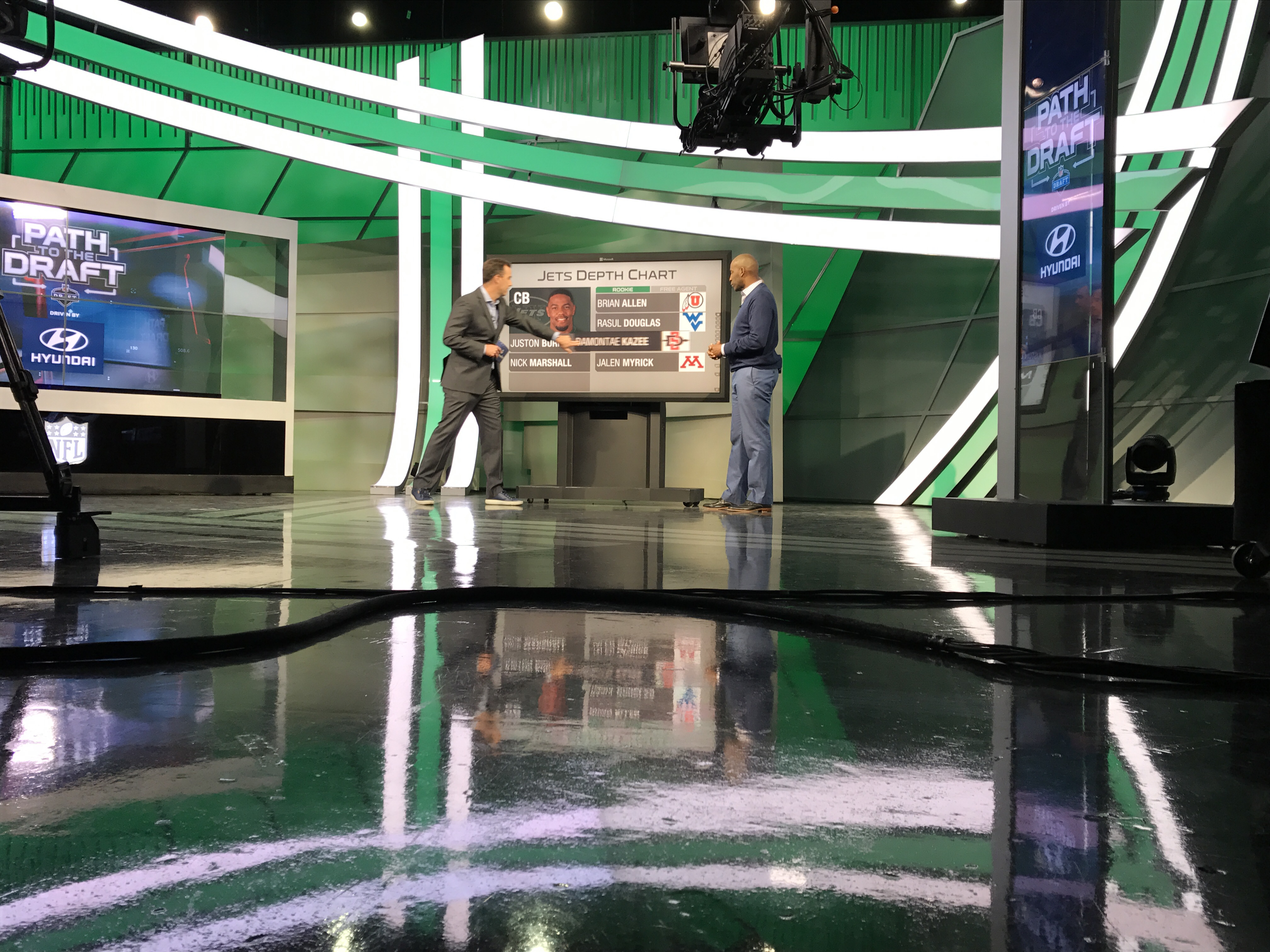

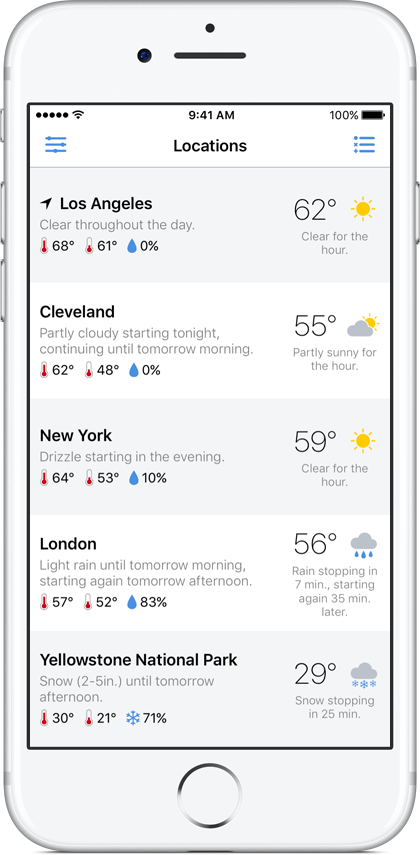
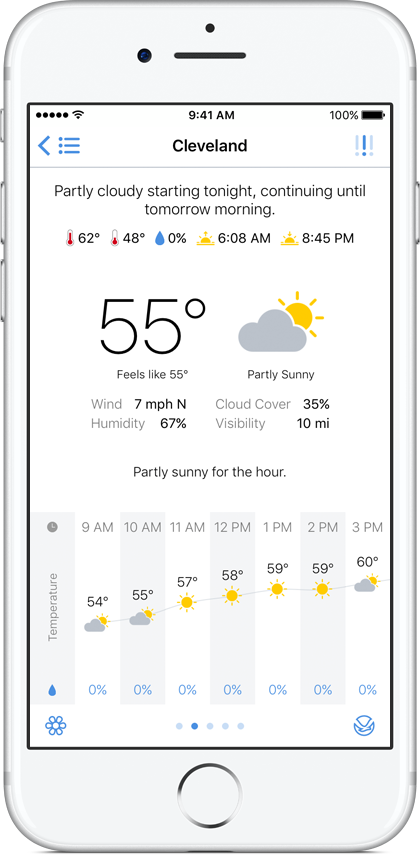

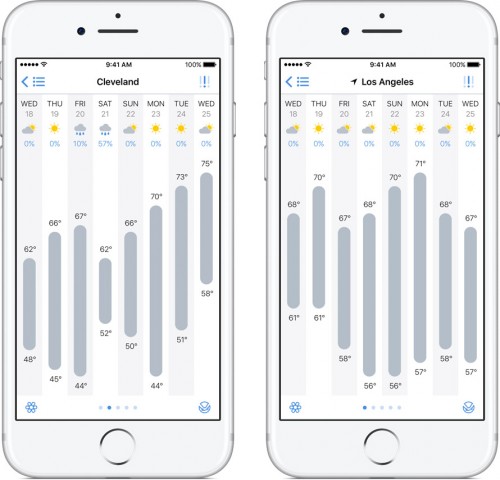
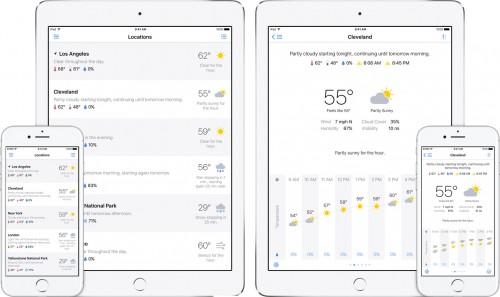

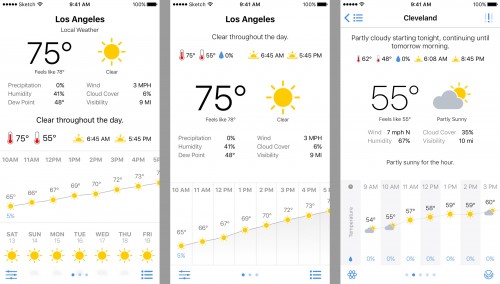

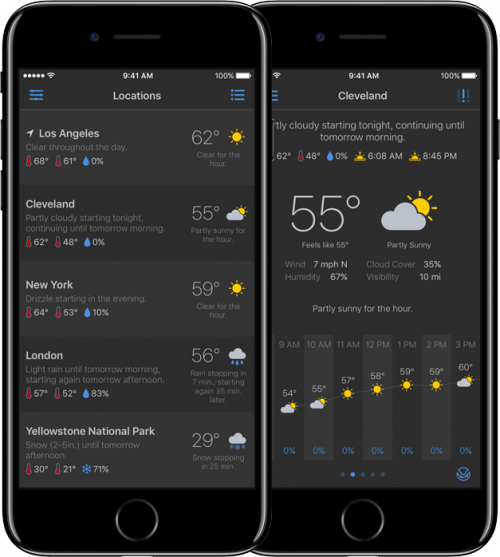
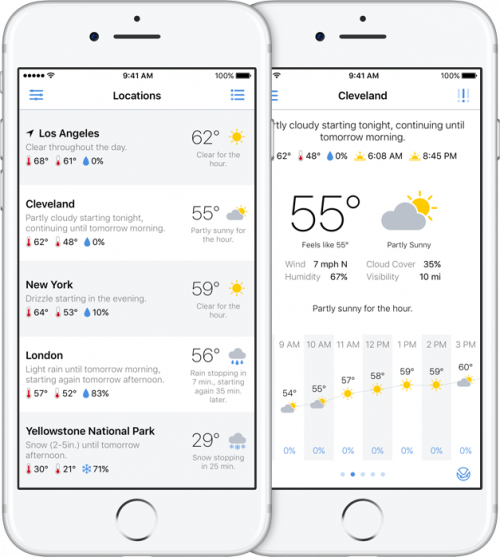
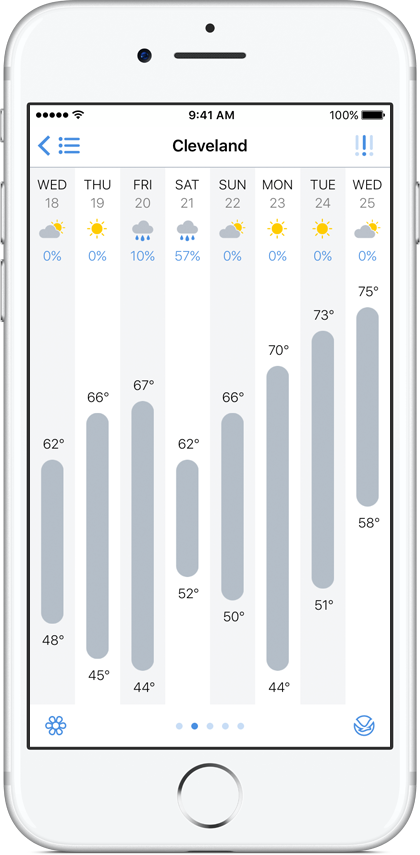
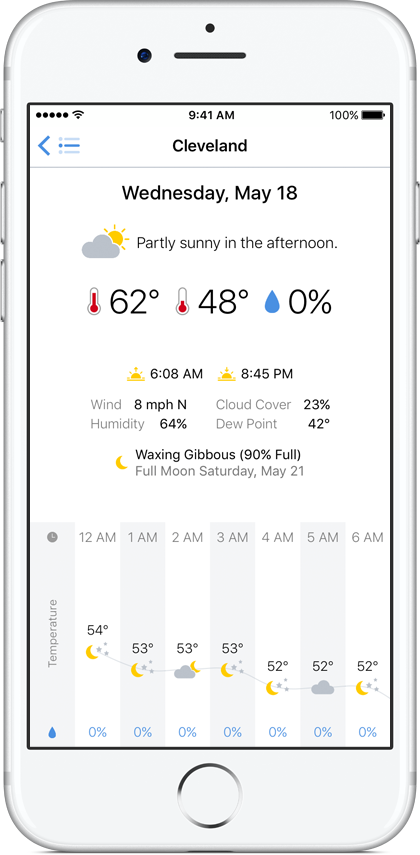
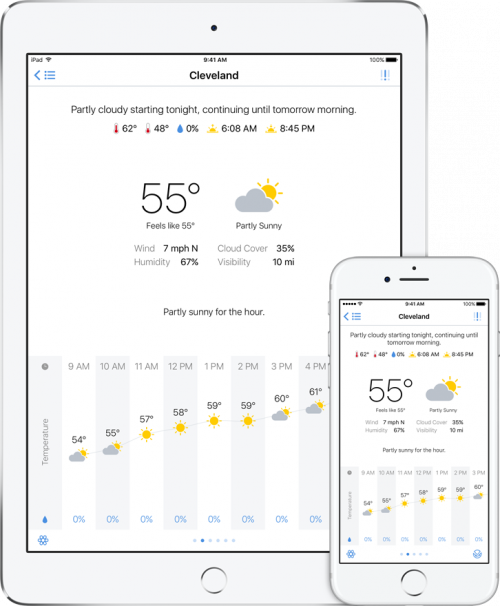
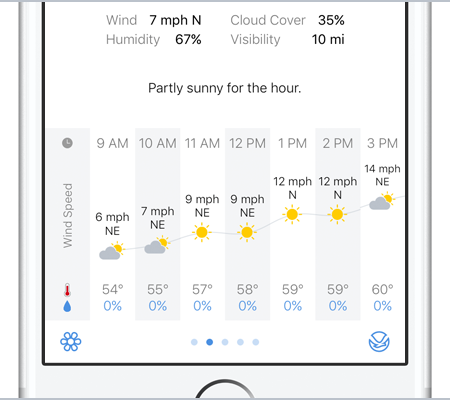
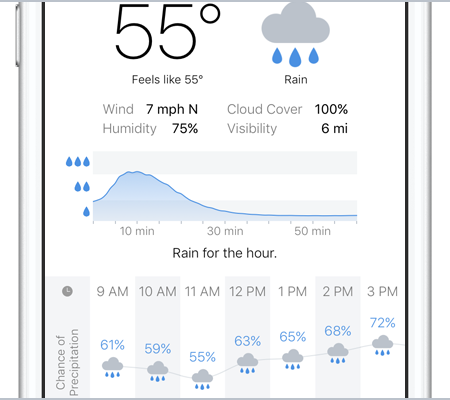

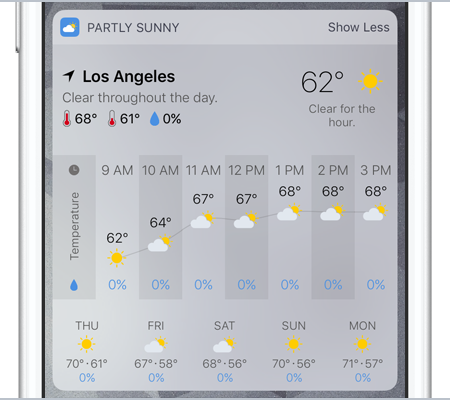
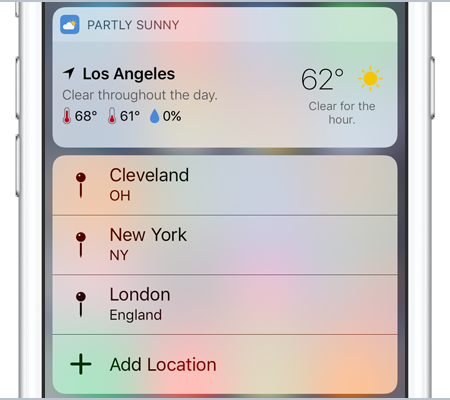
/cdn3.vox-cdn.com/uploads/chorus_image/image/51771433/shutterstock_445452202.0.jpg)

